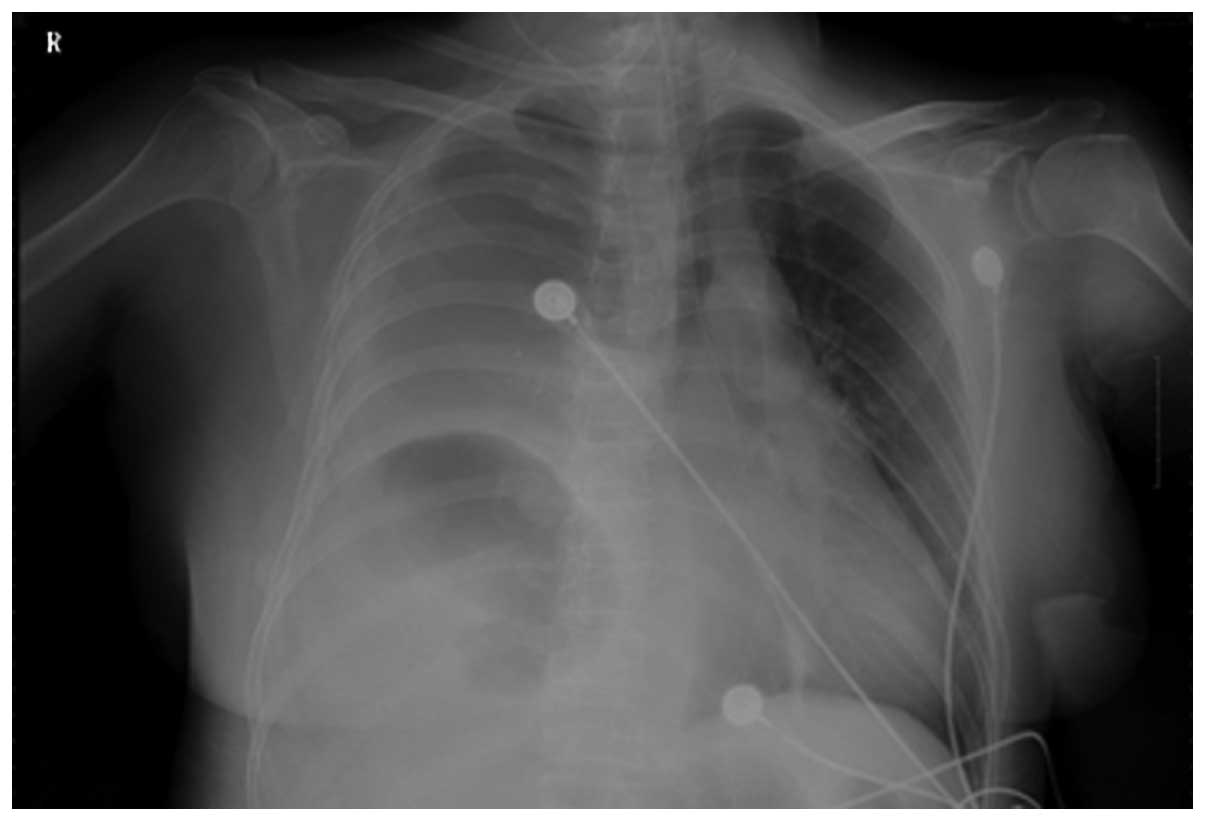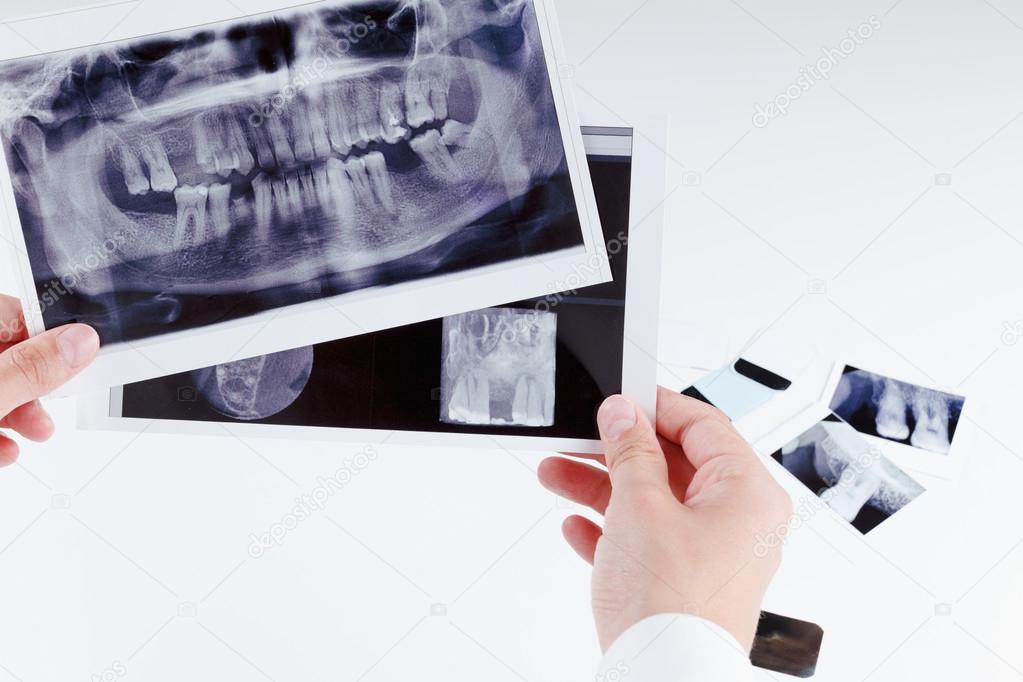X-Rays procedure. X-Rays: Understanding Diagnostic Procedures, Types, and Applications in Modern Medicine
What are X-rays and how are they used in medical diagnostics. How do different types of X-ray procedures work. What conditions can be diagnosed using X-ray imaging. What should patients expect during an X-ray examination. Are there any risks associated with X-ray procedures.
The Fundamentals of X-Ray Imaging in Medical Diagnostics
X-rays, also known as radiography, are a crucial tool in modern medicine for diagnosing various conditions and injuries. This imaging technique uses a controlled amount of radiation to create pictures of the internal structures of the body. The X-ray machine directs a beam of radiation through the targeted area, which then passes through the body and creates an image on a specialized film or digital detector.
How do X-rays work to produce images? The density of different tissues in the body affects how much radiation passes through them. Dense structures like bones appear white on X-ray images, while less dense tissues like muscles and organs appear in shades of gray. This contrast allows medical professionals to identify abnormalities, fractures, or other issues within the body.
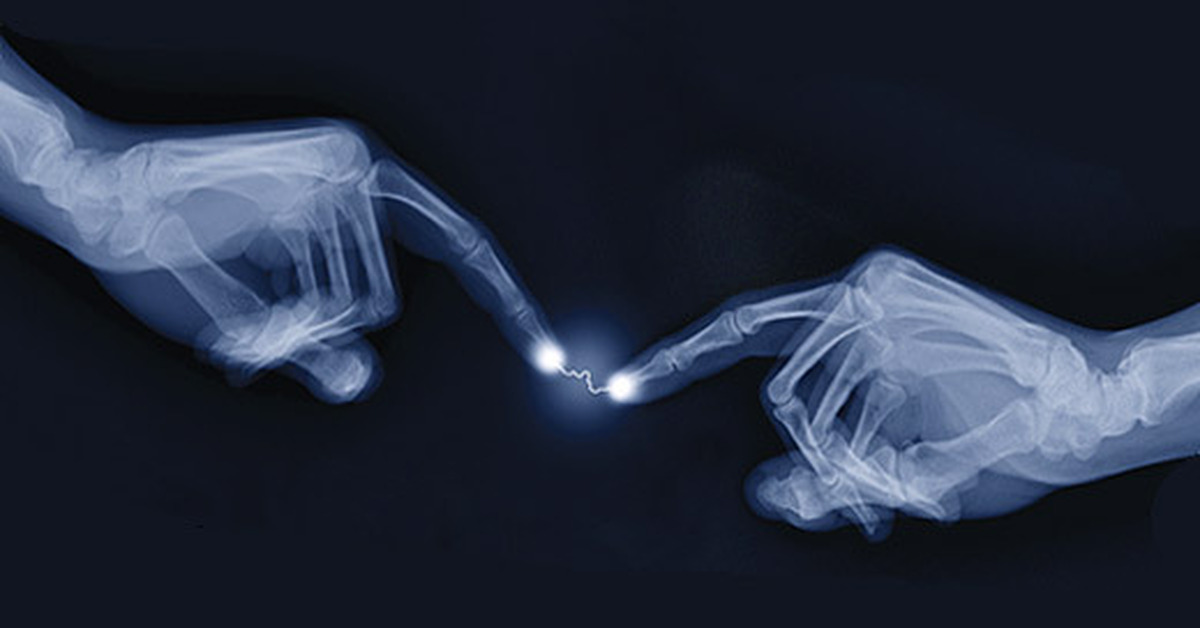
Key Benefits of X-Ray Imaging
- Non-invasive diagnostic tool
- Quick and painless procedure
- Widely available and relatively inexpensive
- Provides valuable information for early diagnosis and treatment planning
Common Types of Diagnostic X-Ray Procedures
Medical facilities offer various types of X-ray procedures, each designed to examine specific parts of the body or diagnose particular conditions. Understanding these different procedures can help patients feel more prepared and informed about their diagnostic journey.
Angiography: Visualizing Blood Vessels
Angiography is a specialized X-ray procedure that focuses on imaging blood vessels. How does angiography work? This technique involves injecting a contrast medium into the bloodstream, which makes the blood vessels visible on X-ray images. Angiograms are particularly useful for examining the function of blood vessels in vital organs such as the heart, lungs, kidneys, and brain, as well as in the extremities.
Arthrogram: Exploring Joint Health
An arthrogram is a diagnostic X-ray procedure used to evaluate joints in the body. During this procedure, a contrast medium is injected directly into the joint space. This technique allows medical professionals to visualize injuries or diseases affecting joints in the arms and legs with greater clarity.
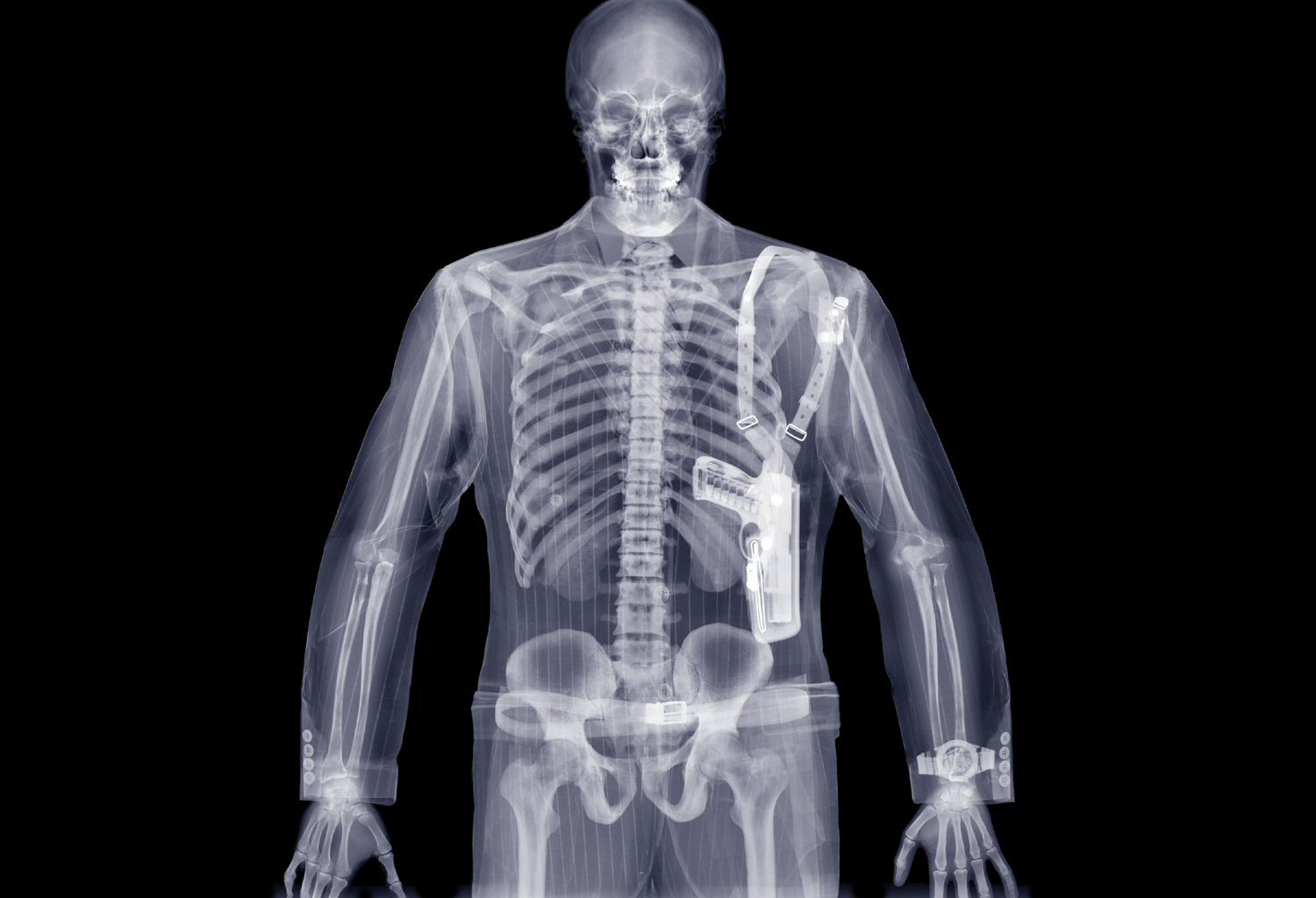
Gastrointestinal X-Rays: Upper and Lower GI Series
Gastrointestinal X-rays are essential for evaluating the digestive system. There are two main types of GI X-ray procedures:
- Upper GI Series: This procedure uses a barium solution as a contrast medium to examine the esophagus, stomach, and upper small intestine.
- Lower GI Series: Also known as a barium enema, this procedure focuses on evaluating the colon and rectum.
How do these procedures differ in their application? The upper GI series involves swallowing the barium solution, while the lower GI series administers the contrast medium through an enema. Both procedures allow doctors to assess the function and structure of different parts of the digestive system.
Intravenous Pyelogram (IVP): Assessing Urinary System Health
An intravenous pyelogram (IVP) is a specialized X-ray procedure used to evaluate the kidneys, ureters, and bladder. This technique involves injecting a contrast medium into the bloodstream, which is then filtered by the kidneys and excreted in the urine. The resulting X-ray images provide detailed information about the structure and function of the urinary system.
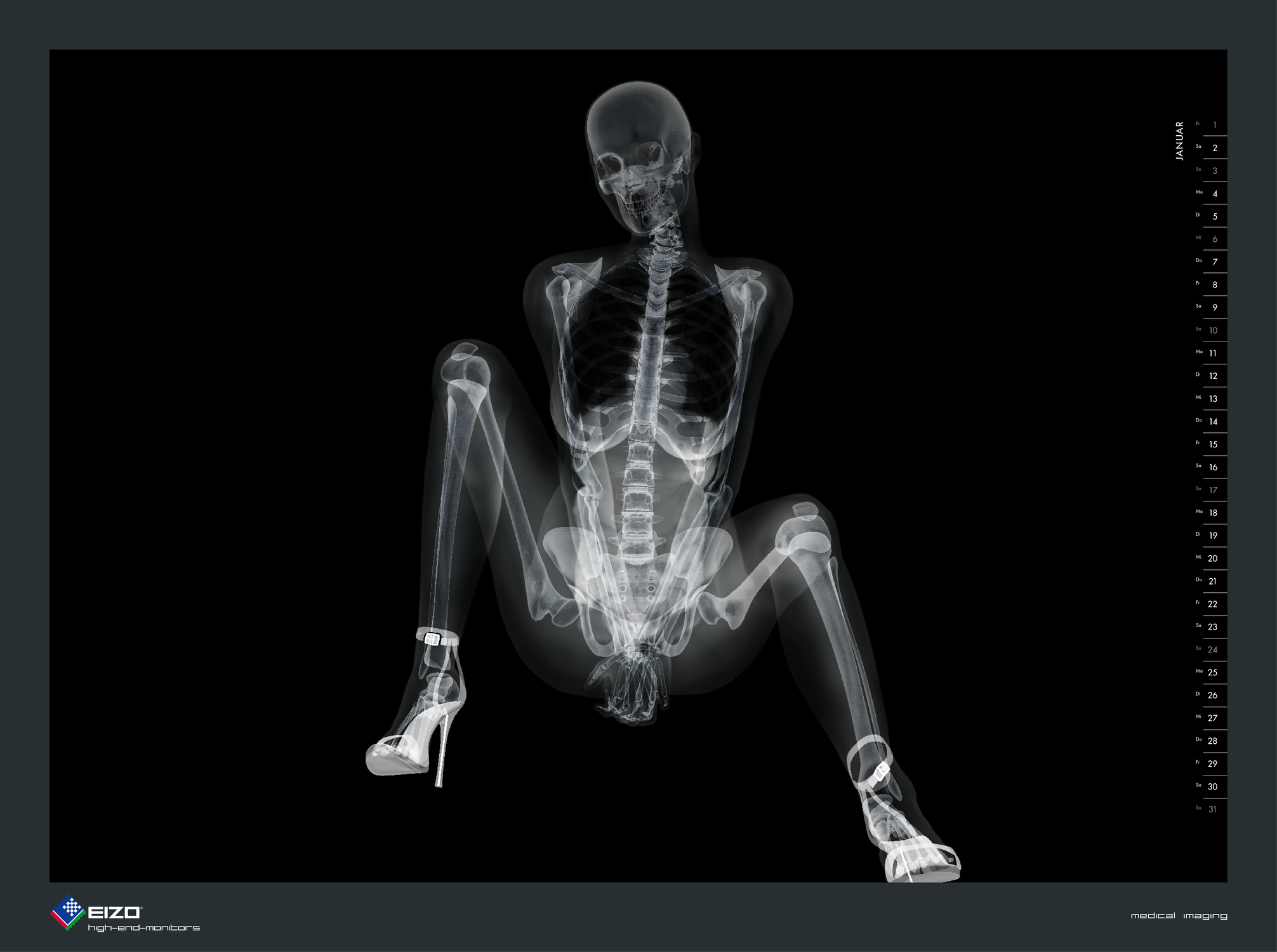
Mammography: Breast Cancer Screening and Diagnosis
Mammography is a specific type of X-ray imaging used to examine breast tissue. This procedure plays a crucial role in the early detection of breast cancer and other breast abnormalities. How does mammography differ from standard X-rays? Mammography machines use lower doses of radiation and are specifically designed to image the soft tissue of the breast with high resolution.
The X-Ray Procedure: What Patients Can Expect
Understanding what to expect during an X-ray procedure can help alleviate anxiety and ensure a smooth experience for patients. While the specific steps may vary depending on the type of X-ray being performed, there are some general aspects that apply to most diagnostic X-ray procedures.
Preparation for the X-Ray
For most routine X-rays, patients do not need to make special preparations. However, certain procedures, particularly those involving contrast media or barium, may require specific instructions from the doctor. These instructions might include:

- Dietary changes leading up to the exam
- Removing jewelry and other metal objects
- Avoiding the use of deodorants, body powders, or creams on the day of the appointment
It’s important for patients to follow these instructions carefully to ensure the best possible imaging results.
The X-Ray Team: Roles and Responsibilities
During an X-ray procedure, patients will interact with several healthcare professionals, each playing a crucial role in the imaging process:
- Radiologist: A doctor specializing in interpreting medical images
- Radiologic Technologist: A professional trained to operate X-ray equipment and obtain images
- Radiologic Nurse: Responsible for monitoring vital signs, administering medication, and providing patient care during the procedure
The Imaging Process
Once a patient has changed into a gown or smock, they will be escorted to the X-ray room. The specific positioning and number of images taken will depend on the area being examined. How long does an X-ray procedure typically take? Most routine X-rays are completed within 15 to 30 minutes, although more complex procedures may take longer.

During the imaging process, patients may be asked to:
- Stand, sit, or lie on an examination table
- Hold still in specific positions
- Hold their breath for a short time to prevent blurring of the images
After the images are taken, patients may be asked to wait while the radiologist reviews them to ensure no additional views are needed.
Interpreting X-Ray Results and Follow-Up Care
After the X-ray procedure is complete, the radiologist will carefully review the images and prepare a report for the referring physician. How long does it typically take to receive X-ray results? While some results may be available quickly, it usually takes a few days for the full report to be prepared and sent to the patient’s doctor.
Patients can typically expect the following steps in the results and follow-up process:
- The radiologist reviews the images and prepares a detailed report.
- The report is sent to the referring physician.
- The physician reviews the report and contacts the patient to discuss the findings.
- If necessary, additional tests or treatments may be recommended based on the X-ray results.
Patients who have undergone procedures involving contrast media or barium should remember to drink plenty of fluids in the 24 to 48 hours following the exam to help flush the substance from their system.
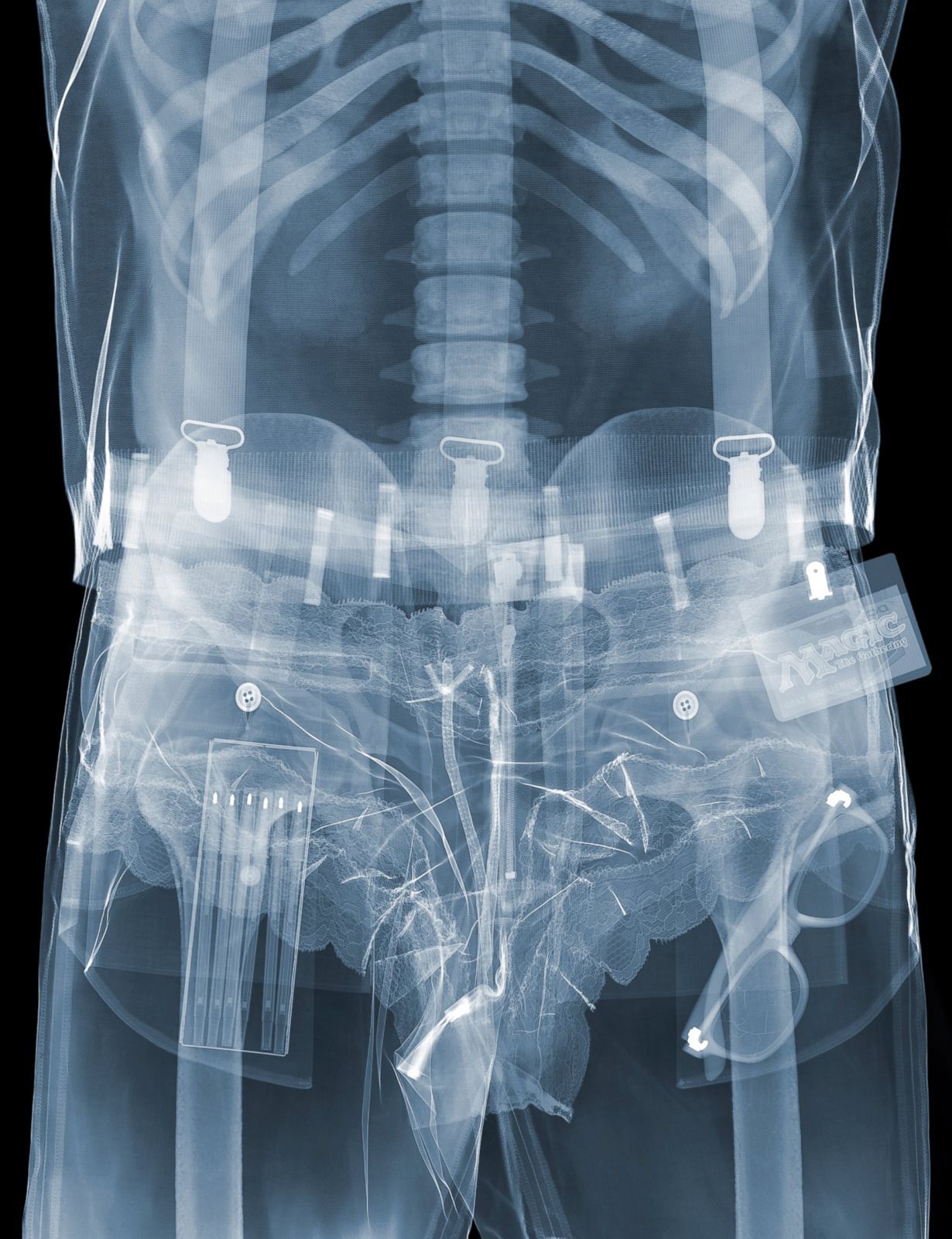
Understanding the Risks and Safety Measures in X-Ray Procedures
While X-ray procedures are generally safe and highly beneficial for diagnosing various conditions, it’s important for patients to be aware of potential risks and the safety measures in place to minimize them.
Radiation Exposure: Balancing Risks and Benefits
One of the primary concerns associated with X-rays is exposure to ionizing radiation. How much radiation is involved in a typical X-ray? The amount of radiation used in most diagnostic X-rays is very low and considered safe for most patients. However, the cumulative effect of multiple X-rays over time should be considered.
Medical professionals follow the ALARA principle (As Low As Reasonably Achievable) when it comes to radiation exposure, ensuring that patients receive the lowest possible dose while still obtaining diagnostic-quality images.
Contrast Media Reactions
Some X-ray procedures require the use of contrast media to enhance image quality. While these substances are generally safe, a small percentage of patients may experience allergic reactions. Symptoms of an allergic reaction to contrast media can include:
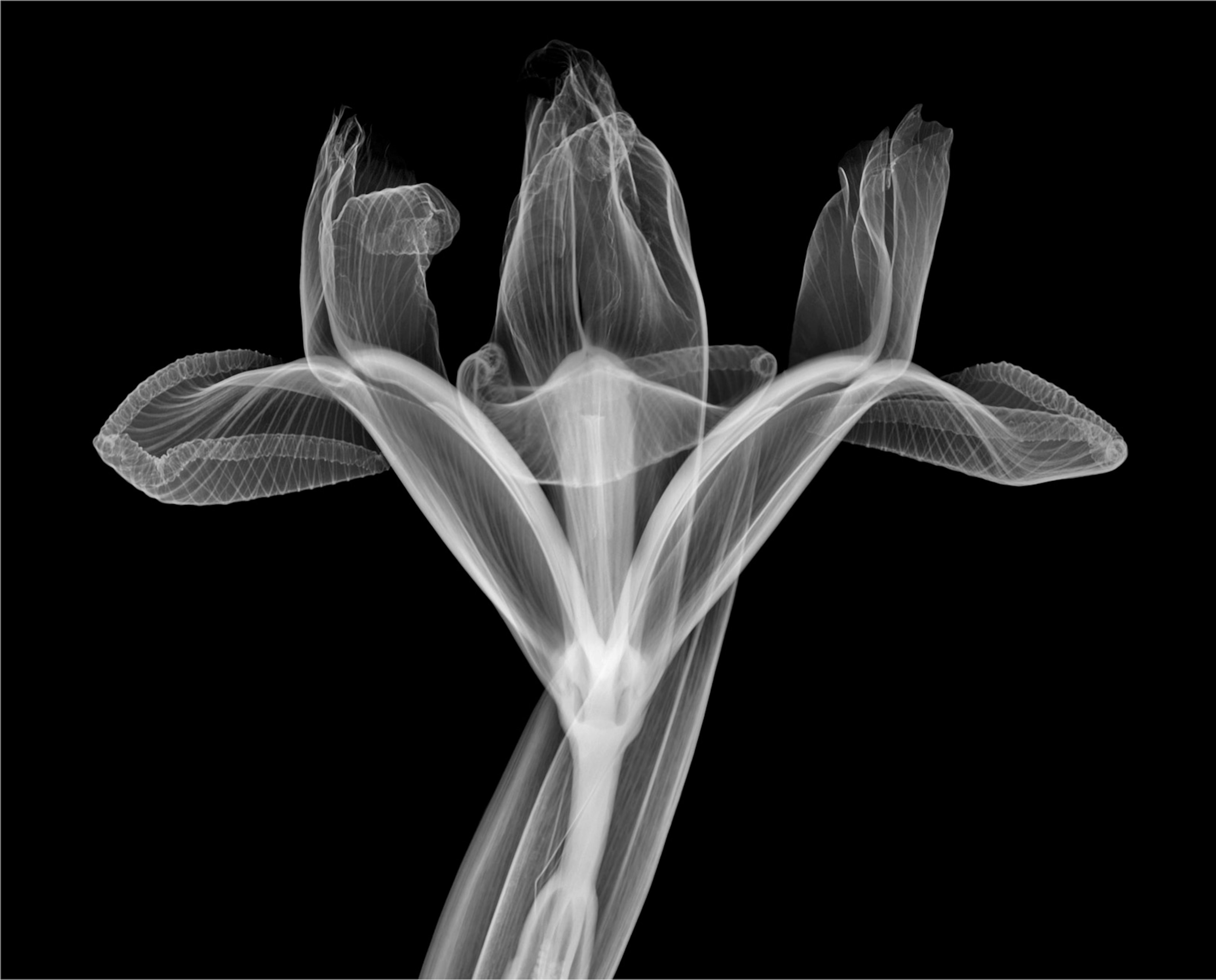
- Hives or itching
- Nausea
- Shortness of breath
- Weakness
Patients with a history of allergies or previous reactions to contrast media should inform their healthcare provider before undergoing an X-ray procedure.
Special Considerations for Pregnant Patients
X-rays during pregnancy require careful consideration due to the potential risks to the developing fetus. While the radiation dose from most diagnostic X-rays is not high enough to cause harm, healthcare providers typically avoid non-essential X-rays during pregnancy, especially during the first trimester.
If an X-ray is deemed medically necessary during pregnancy, special precautions are taken to minimize fetal exposure to radiation.
Advancements in X-Ray Technology: Improving Diagnosis and Patient Care
The field of radiography continues to evolve, with new technologies and techniques improving the quality of X-ray images while reducing radiation exposure. These advancements are enhancing diagnostic capabilities and improving patient care.
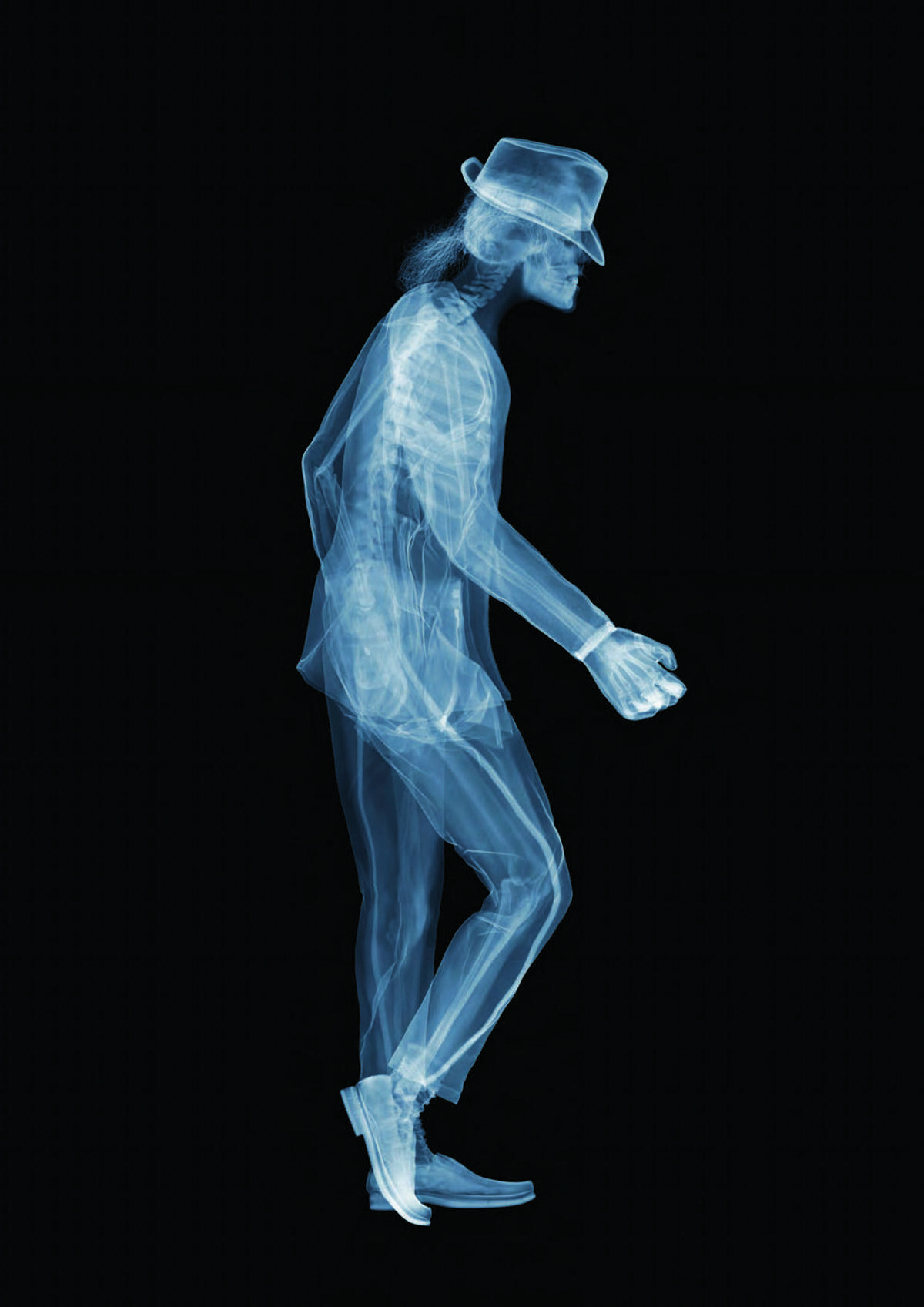
Digital Radiography
Digital radiography has largely replaced traditional film-based X-rays in many healthcare settings. How does digital radiography differ from traditional X-rays? Digital systems capture images electronically, allowing for immediate viewing, easy storage, and the ability to manipulate images for better visualization of specific structures.
Benefits of digital radiography include:
- Faster image acquisition and processing
- Lower radiation doses compared to traditional film X-rays
- Improved image quality and the ability to enhance images digitally
- Easier storage and sharing of images between healthcare providers
Computed Tomography (CT) Scans
While not a traditional X-ray, computed tomography (CT) scans use X-ray technology to create detailed cross-sectional images of the body. CT scans offer several advantages over conventional X-rays, including:
- The ability to visualize soft tissues and internal organs in great detail
- Three-dimensional imaging capabilities
- Improved detection of small abnormalities
Dual-Energy X-Ray Absorptiometry (DEXA)
DEXA scans use low-dose X-rays to measure bone density and are particularly useful in diagnosing osteoporosis. This technology allows for early detection of bone loss, enabling healthcare providers to implement preventive measures and treatments to reduce the risk of fractures.
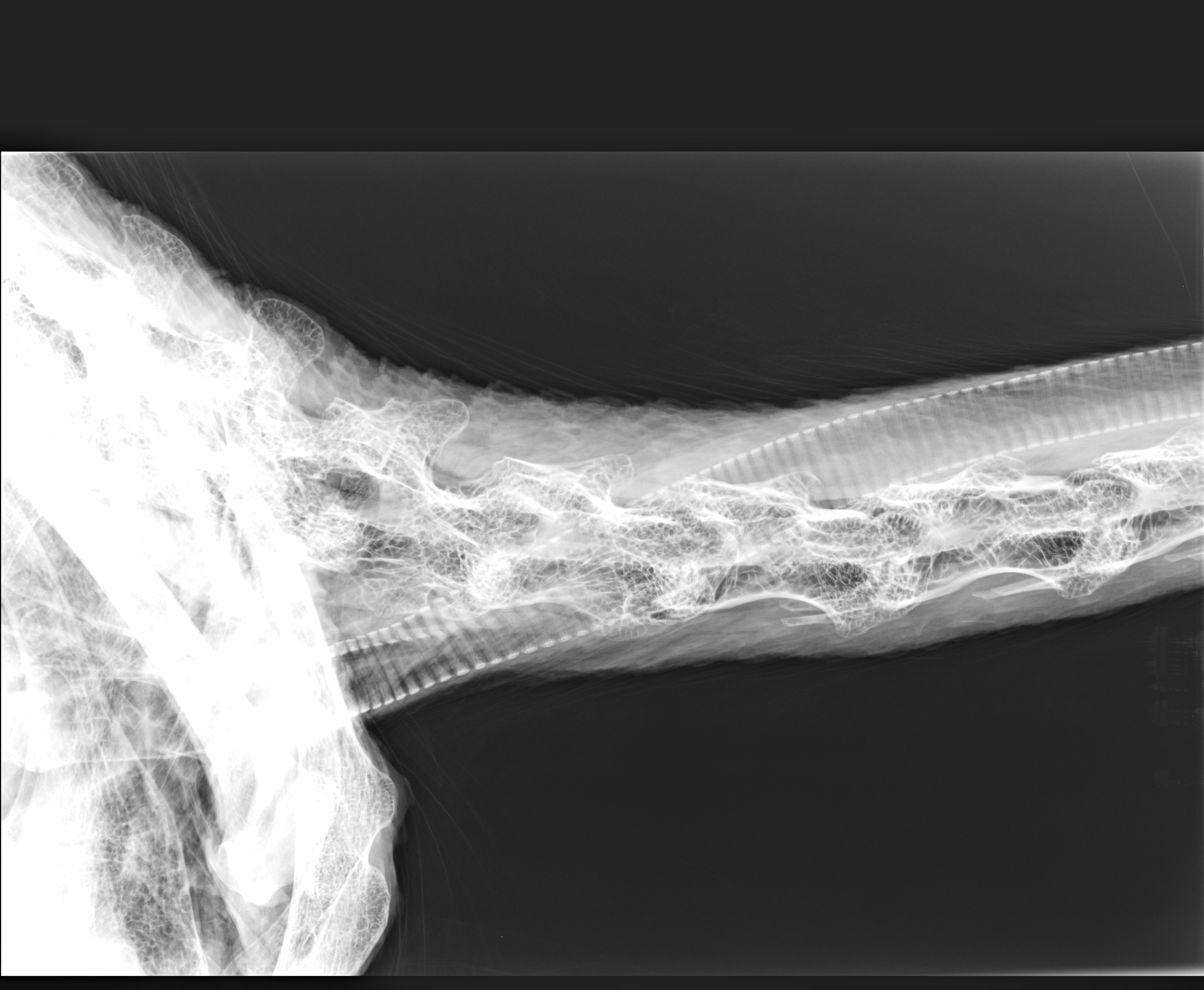
The Future of X-Ray Imaging in Medical Diagnostics
As technology continues to advance, the future of X-ray imaging looks promising. Researchers and medical professionals are working on new techniques and applications to further improve diagnostic capabilities while minimizing radiation exposure.
Artificial Intelligence in Radiology
Artificial intelligence (AI) is increasingly being integrated into radiology practices. How can AI enhance X-ray diagnostics? AI algorithms can assist radiologists in interpreting X-ray images, potentially improving accuracy and efficiency in diagnosis. These systems can help identify subtle abnormalities that might be missed by the human eye and prioritize urgent cases for review.
Photon-Counting CT
Photon-counting CT is an emerging technology that promises to revolutionize X-ray imaging. This technique offers several potential advantages over conventional CT scans, including:
- Higher resolution images
- Reduced radiation dose
- Improved tissue characterization
- The ability to use multiple contrast agents simultaneously
As this technology continues to develop, it may lead to more precise diagnoses and personalized treatment plans.

Portable X-Ray Devices
Advancements in portable X-ray technology are making it possible to bring diagnostic imaging capabilities to remote or underserved areas. These devices can be particularly valuable in emergency situations, rural healthcare settings, and developing countries where access to traditional X-ray facilities may be limited.
In conclusion, X-ray imaging remains a cornerstone of medical diagnostics, offering valuable insights into the human body’s internal structures. As technology continues to evolve, we can expect even more precise, efficient, and patient-friendly X-ray procedures in the future, further enhancing our ability to diagnose and treat a wide range of medical conditions.
Diagnostic X-Ray Procedures | Conditions & Treatments
Full Spectrum of Diagnostic Services
Diagnostic X-ray, or radiography, is a special method for taking pictures of areas inside the body. A machine focuses a small amount of radiation on the area of the body to be examined. The X-rays pass through the body, creating an image on film or a computer display.
The equipment, staff, and steps involved are different for each type of diagnostic X-ray procedure. However, they are all invaluable tools in detecting abnormalities and making early diagnosis of disease or injury.
UT Southwestern offers experience and expertise in all types of diagnostic X-rays, including technologies and techniques that might not be available at other medical facilities.
Conditions We Diagnose With X-Ray
Various types of diagnostic X-ray procedures are ordered for different reasons. Common procedures include:
- Angiography: Uses an injection of contrast medium to image blood vessels in a specific part of the body.
 Angiograms show the function of blood vessels in the heart, lungs, kidneys, brain, arms, and legs.
Angiograms show the function of blood vessels in the heart, lungs, kidneys, brain, arms, and legs. - Arthrogram: Uses an injection of contrast medium into a joint. This procedure shows injury or disease in joints, arms, and legs.
- Upper GI (gastrointestinal) series: Uses a barium solution as a contrast medium and helps evaluate the function of the esophagus, stomach, and upper small intestine.
- Lower GI series: Uses a barium enema to evaluate the colon and rectum.
- Intravenous pyelogram (IVP): Uses a contrast medium injection to evaluate the kidneys, ureters, and bladder.
- Mammography: Uses a special X-ray machine to create images of breast tissue for detection of abnormalities.
Diagnostic X-Ray: What to Expect
Most routine X-rays do not require patients to prepare for the exam. However, special studies, such as contrast radiography or barium enemas, require patients to follow special instructions from the doctor.
Patients might be asked to make dietary changes leading up to the time of the exam. Patients might also be asked to leave jewelry at home, along with other metal objects that could interfere with the X-ray images. Patients might be asked to avoid using deodorants, body powders, or creams on the day of the appointment.
Patients will follow a different process depending on the diagnostic X-ray procedure. They might be asked to change into a gown or smock.
At the appointment, patients will meet X-ray professionals who are specially trained to help with the procedure:
- A radiologist is a doctor who specializes in imaging the human body.
- A radiologic technologist is trained to operate the equipment and obtain X-ray images.
- A radiologic nurse monitors vital signs, administers medication, and provides patient care during the procedure.
Once a patient has changed into the smock or gown, a technologist will escort him or her into the X-ray room to stand, sit, or lie on a table that is near an X-ray machine.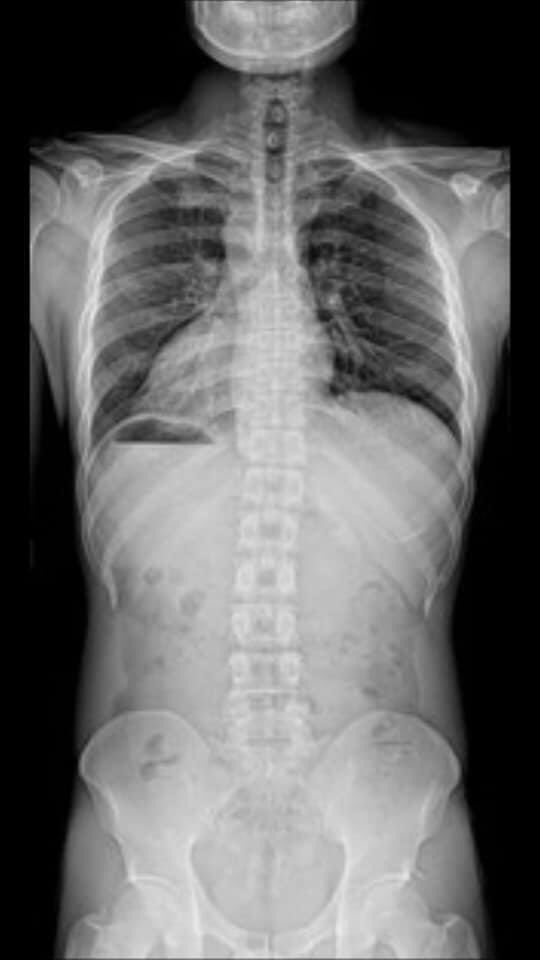 An apron or shield might be placed over the patient’s body to protect sensitive organs during the exam.
An apron or shield might be placed over the patient’s body to protect sensitive organs during the exam.
The machine will take several X-rays, and the patient might be asked to adjust position during the test. It is important to remain still during each examination.
Patients might be asked to wait until the radiologist reviews images to be sure additional images aren’t needed. If the patient ingested a contrast medium or barium, it is important to drink plenty of liquid over the 24 to 48 hours following the scan to help pass the material.
The radiologist will review the images and send a report to the doctor, who will notify the patient of any findings. Patients can also request to receive images on CD.
Risks
While diagnostic X-ray procedures are generally safe and very effective, there is some exposure to radiation. However, the benefits of early detection and treatment far outweigh the risks.
Some people have an allergic reaction to contrast media, which is used in certain diagnostic X-rays. Symptoms of an allergic reaction include:
Symptoms of an allergic reaction include:
- Hives
- Itchiness
- Nausea
- Shortness of breath
- Weakness
Report these symptoms to the doctor, radiologist, or imaging technologist immediately. Tell the technologist if the patient has any known allergies to contrast media or iodine.
Please tell the doctor if the patient has had a reaction to contrast medium in the past or if the patient might be pregnant, because exposure to radiation can cause birth defects.
If patients have questions about a health condition that could affect the exam, please talk to a technologist or radiologist.
X-Rays (Medical Test) – Purpose, Procedure, Risks, Results
What Are X-Rays?
X-rays are images that use a small doses of ionized radiation to take pictures of the inside of your body called radiographs.
Why Are X-Rays Done?
X-rays can help doctors diagnose things like:
Doctors can also use X-rays to find an object that a child or adult swallowed.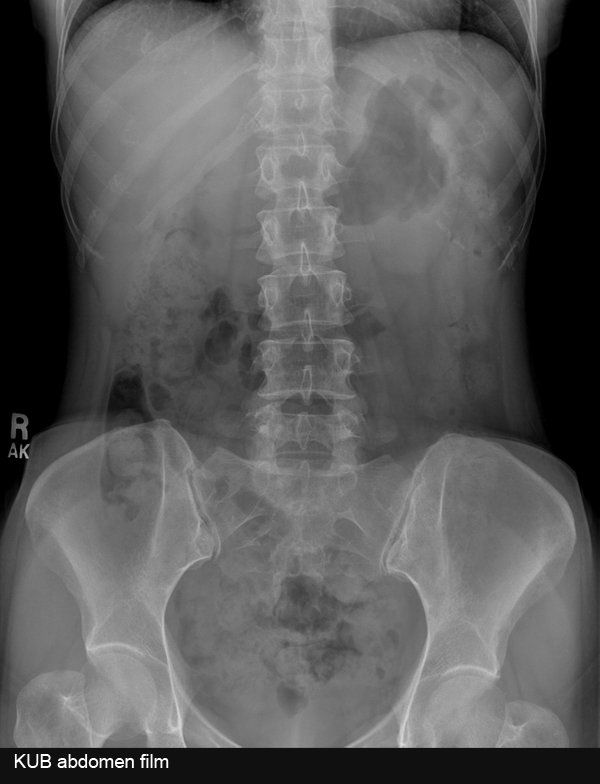 An X-ray can be used to check your lungs for signs of pneumonia or tuberculosis, to figure out why you have shortness of breath, or to see if you have heart failure.
An X-ray can be used to check your lungs for signs of pneumonia or tuberculosis, to figure out why you have shortness of breath, or to see if you have heart failure.
Other ways doctors use specific X-ray procedures include:
Mammography: This is an exam that puts your breast between a support plate and a second plate called a paddle, then a series of X-rays are taken. Doctors look closely at the images for signs of cancer or other issues.
Computed tomography (CT) scan: A computer puts together a series of X-rays, taken from different angles, to make a 3D image and give your doctor a more detailed picture.
Fluoroscopy: Sometimes called an ”X-ray movie,” this procedure shoots a continuous X-ray through a part of your body so doctors can see that part and how it moves. It’s most commonly done to look at bones, muscles, joints, and organs like your heart, kidneys, and lungs.

What Happens During an X-Ray?
Most X-rays don’t require any special preparation. The doctor may ask you to take off jewelry, eyeglasses, or any metal objects or clothing that could get in the way of the image.
Doctors can take images while you stand up or lie down. It depends on the area of your body being examined. The X-ray tube hangs over the table. The film is in a drawer under the table.
The machine sends a beam of radiation through your body. Your hard, dense bones block that beam, so they show up as white on the film below you. The radiation also goes through softer tissue like muscle and fat, which appear in shades of gray in the X-ray. The air in your lungs will look black in the image.
You won’t feel anything during an X-ray, but it can be hard to hold still, and the exam table might be uncomfortable. The technician may take images from a few different angles. They might use pillows or sandbags to prop up a body part to get a better view of the area. They’ll probably ask you to hold your breath so the image doesn’t blur.
They might use pillows or sandbags to prop up a body part to get a better view of the area. They’ll probably ask you to hold your breath so the image doesn’t blur.
Sometimes, the doctor needs more contrast on the image to clearly see what’s going on. They might give you a contrast agent, like barium or iodine. You’ll either swallow it or get it as a shot.
The machine makes clicks and buzzing sounds during the X-ray. The process could take just a few minutes for a bone X-ray or more than an hour for more complicated issues.
X-Ray Results
A radiologist will look at your X-rays. A radiologist is a medical doctor who is specially trained in reading and understanding the results of imaging scans like X-rays. X-ray images are digital, so a radiologist can see them on a screen within minutes in an emergency. For nonemergencies, it may take a day or so for them to review the X-ray and get back to you with the results.
X-Ray Risks
X-rays are one of the oldest and most common forms of medical imaging.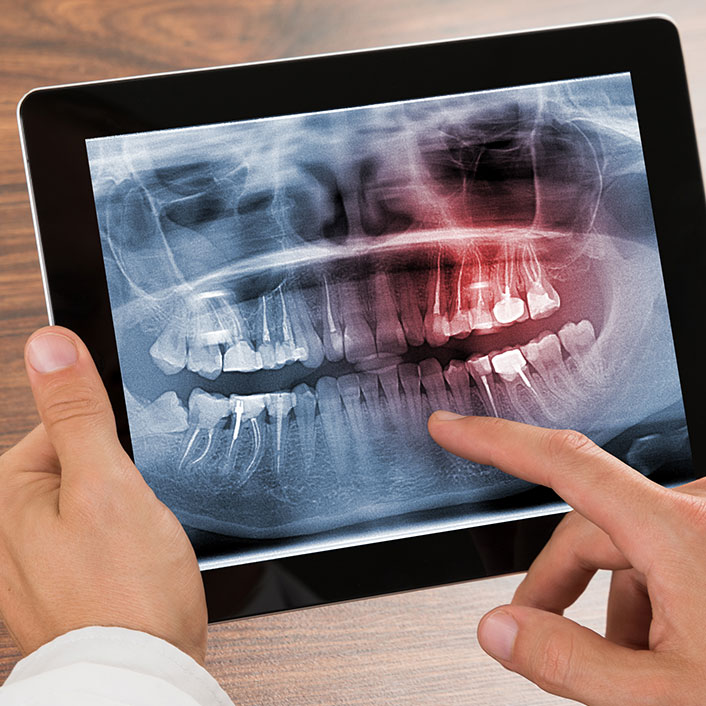 Doctors say the benefit of making the correct diagnosis outweighs the risks. Still, there are a few safety issues to consider.
Doctors say the benefit of making the correct diagnosis outweighs the risks. Still, there are a few safety issues to consider.
Slight cancer risk. Too much radiation exposure can cause cancer, but the amount in an X-ray is generally low. Adults are less sensitive to radiation than children.
Kids and X-rays.If your child needs an X-ray, the technician may restrain them to make sure they stay still. This will prevent the need for repeated tries. It won’t hurt them. If you stay in the room with them, you’ll get a lead apron to wear to prevent radiation exposure.
Pregnancy. Tell your doctor if you’re pregnant or think you might be. They may use a different imaging test so your baby isn’t exposed to radiation.
Reaction to contrast agent.
 There’s a chance you could have an allergic reaction, but it’s rare. Ask your doctor what symptoms to watch for. Let them know if you have pain, swelling, or redness at the site of the shot.
There’s a chance you could have an allergic reaction, but it’s rare. Ask your doctor what symptoms to watch for. Let them know if you have pain, swelling, or redness at the site of the shot.
What an X-Ray Doesn’t Show
X-rays are great to check for broken bones or rotting teeth, but other imaging tests are better if you have something happening with the soft tissue parts of your body such as the kidneys, intestines, or your brain.
Your doctor may order an MRI instead of an X-ray to diagnose injuries like a ligament tear in your knee or torn rotator cuff in your shoulder. MRIs can also show tiny fractures or bone bruises, which may not appear on an X-ray, and it is often used to diagnose a broken hip. And MRIs are a good tool to see spine injuries, as doctors can see both the bones in your spine and spinal cord.
Doctors also may order a CT scan. A CT scan also may be used in an emergency room to diagnose problems such as a head injury, kidney stones or the cause of abdominal pain, or for diagnosing a blood clot in the lungs, which is also called a pulmonary embolism.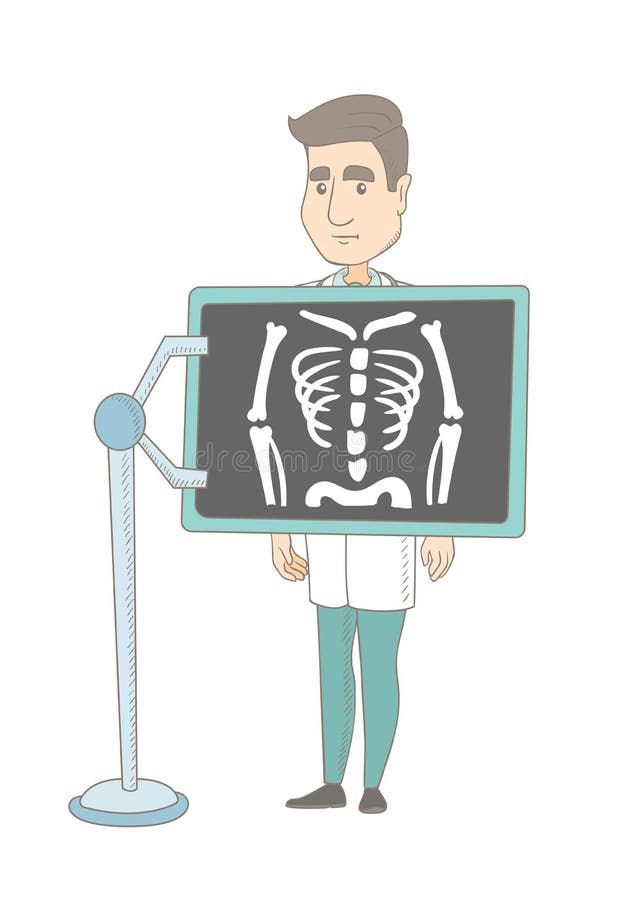
X-ray – Procedure & Risks
This longstanding form of medical imaging is still one of the most useful.
An X-ray is a procedure that produces images of the inside of your body.
X-ray beams are a form of electromagnetic radiation, first discovered by German professor Wilhelm Conrad Roentgen in 1895.
In the procedure, a machine sends X-ray beams through your body.
The resulting images are recorded either on film or by a computer.
X-ray images show the body in shades of black and white, because different tissues absorb different amounts of radiation.
Dense materials in the body (such as bones or metal) show up as white on an X-ray image.
Parts of the body that contain air appear as black, while muscle, fat, and fluids show up as shades of gray.
Sometimes, a contrast medium (containing iodine or barium) is injected, swallowed, or delivered as an enema to provide more detail on X-ray images.
X-rays can examine many parts of the body. Some of the most common reasons X-rays are given are to view or diagnose:
Some of the most common reasons X-rays are given are to view or diagnose:
- Bone fractures or infections
- Tooth decay
- Osteoporosis
- Bone cancer
- Arthritis
- Lung infections such as pneumonia
- Breast cancer
- Blocked blood vessels
- Swallowed objects
- Digestive tract problems
- An enlarged heart
The X-ray Procedure
X-rays can be performed at a doctor’s office, dentist’s office, hospital, or other medical facility.
The procedure can take anywhere from a few minutes to more than an hour, depending on the type of image your doctor or dentist needs.
A technician will position your body and the X-ray machine.
You will need to remain still and may have to hold your breath during the X-ray. Movement can cause blurry images.
The machine will capture images of your body as you sit, stand, or lie still. The process is painless.
If you need a contrast medium for your X-ray, you’ll swallow it or receive it by an intravenous injection or enema ahead of time.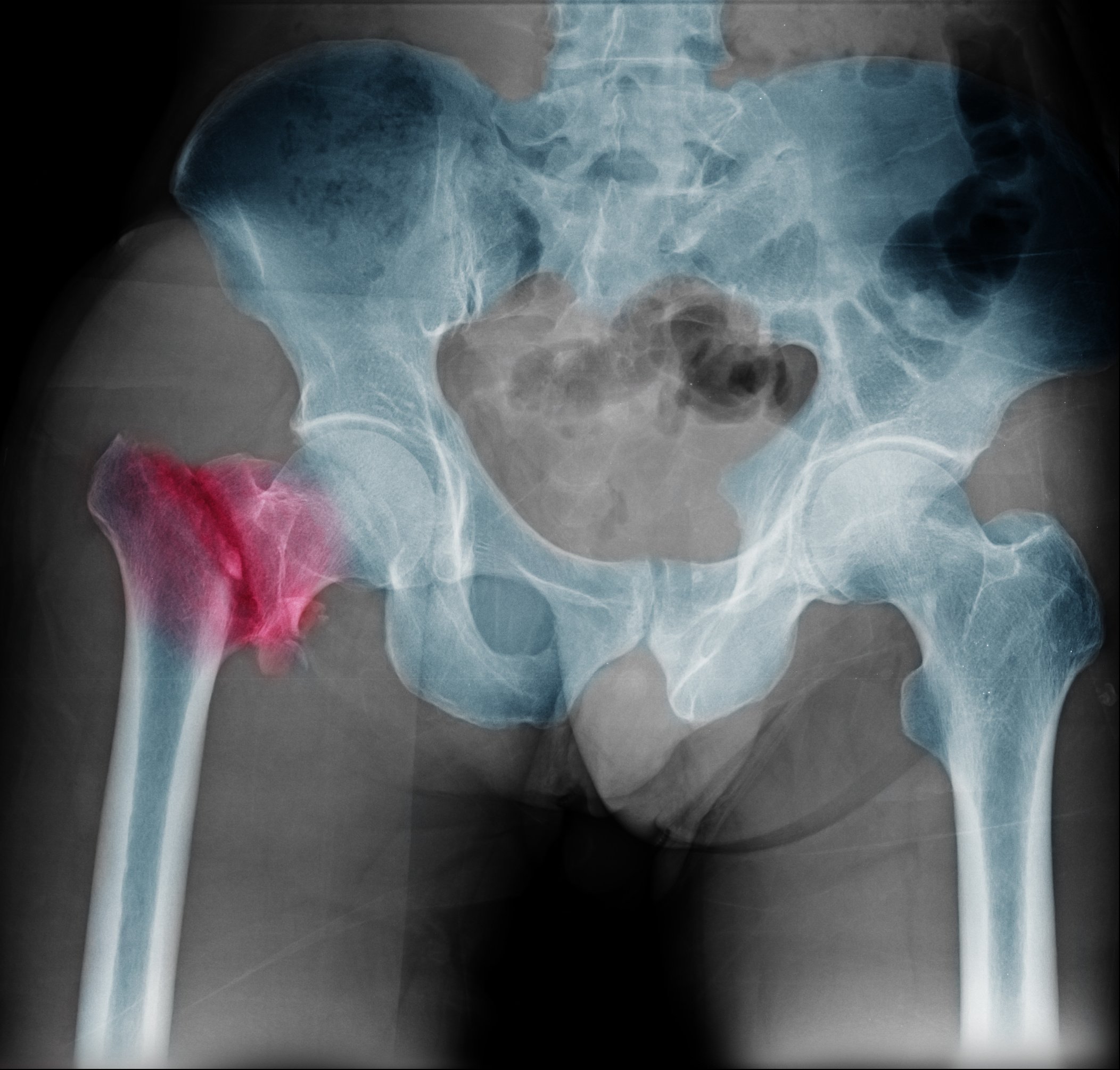
Before an X-ray
Follow all instructions your doctor provides before an X-ray.
Be sure to let your doctor know if you’re pregnant or may become pregnant.
Also, tell your doctor if you’re using an intrauterine device (IUD) for birth control.
You may have to remove all jewelry and other metal objects from your body before having an X-ray.
After an X-ray
Typically, you can resume normal activities after an X-ray.
Be sure to drink plenty of fluids if you had an X-ray with a contrast medium.
X-ray Risks
X-rays expose your body to radiation, which some people worry could raise the risk of developing cancer.
However, the level of exposure in adults is usually very low, and the benefits typically outweigh the risks.
Let your doctor know if you’re pregnant, because radiation exposure may not be safe for an unborn baby.
If you receive a contrast medium for your X-ray, you could experience the following side effects:
- Metallic taste
- Lightheadedness or nausea
- Hives or itching
- Flushing of face and neck
In rare cases, the contrast medium can cause a serious reaction, such as:
Chest X-ray (Radiograph)
Chest x-ray uses a very small dose of ionizing radiation to produce pictures of the inside of the chest.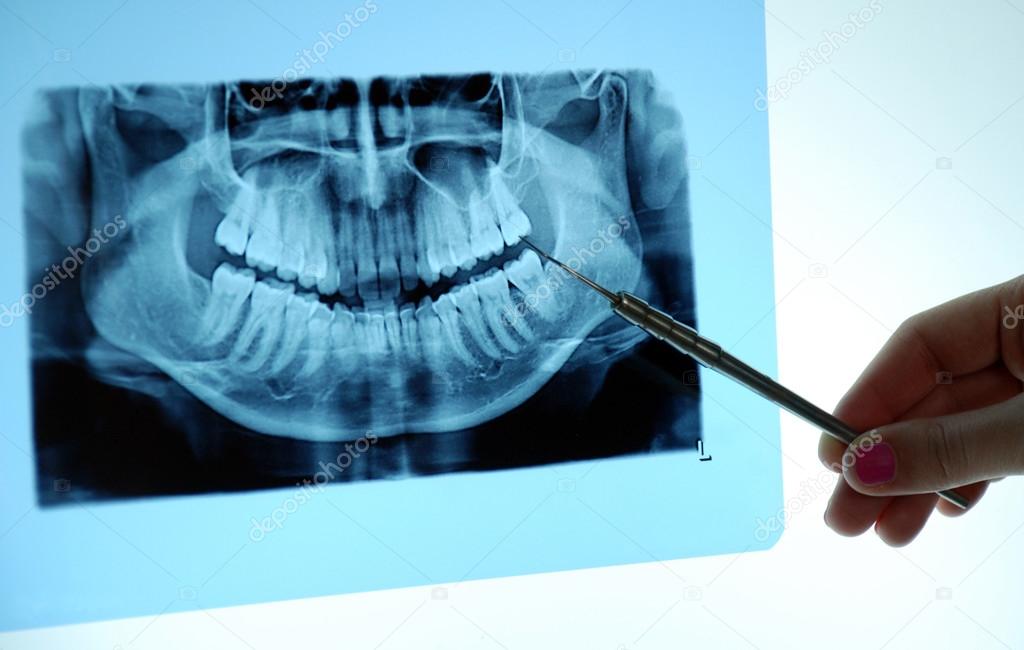 It is used to evaluate the lungs, heart and chest wall and may be used to help diagnose shortness of breath, persistent cough, fever, chest pain or injury. It also may be used to help diagnose and monitor treatment for a variety of lung conditions such as pneumonia, emphysema and cancer. Because chest x-ray is fast and easy, it is particularly useful in emergency diagnosis and treatment.
It is used to evaluate the lungs, heart and chest wall and may be used to help diagnose shortness of breath, persistent cough, fever, chest pain or injury. It also may be used to help diagnose and monitor treatment for a variety of lung conditions such as pneumonia, emphysema and cancer. Because chest x-ray is fast and easy, it is particularly useful in emergency diagnosis and treatment.
This exam requires little to no special preparation. Tell your doctor and the technologist if there is a possibility you are pregnant. Leave jewelry at home and wear loose, comfortable clothing. You may be asked to wear a gown.
What is a Chest X-ray (Chest Radiography)?
The chest x-ray is the most commonly performed diagnostic x-ray examination. A chest x-ray produces images of the heart, lungs, airways, blood vessels and the bones of the spine and chest.
An x-ray exam helps doctors diagnose and treat medical conditions. It exposes you to a small dose of ionizing radiation to produce pictures of the inside of the body. X-rays are the oldest and most often used form of medical imaging.
X-rays are the oldest and most often used form of medical imaging.
top of page
What are some common uses of the procedure?
The chest x-ray is performed to evaluate the lungs, heart and chest wall.
A chest x-ray is typically the first imaging test used to help diagnose symptoms such as:
- breathing difficulties
- a bad or persistent cough
- chest pain or injury
- fever
Physicians use the examination to help diagnose or monitor treatment for conditions such as:
- pneumonia
- heart failure and other heart problems
- emphysema
- lung cancer
- positioning of medical devices
- fluid or air collection around the lungs
- other medical conditions
top of page
How should I prepare?
A chest x-ray requires no special preparation.
You may need to remove some clothing and/or change into a gown for the exam. Remove jewelry, removable dental appliances, eyeglasses, and any metal objects or clothing that might interfere with the x-ray images.
Remove jewelry, removable dental appliances, eyeglasses, and any metal objects or clothing that might interfere with the x-ray images.
Women should always tell their doctor and technologist
if they are pregnant. Doctors will not perform many tests during pregnancy to avoid exposing the fetus to radiation. If an x-ray is necessary, the doctor will take precautions to minimize radiation exposure to the baby. See the Safety in X-ray, Interventional Radiology and Nuclear Medicine Procedures page for more information about pregnancy and x-rays.
top of page
What does the equipment look like?
The equipment typically used for chest x-rays consists of a wall-mounted, box-like apparatus containing the x-ray film, or a special plate that records the image digitally. An x-ray producing tube is positioned about six feet away.
The equipment may also be arranged with the x-ray tube suspended over a table on which the patient lies. A drawer under the table holds the x-ray film or digital recording plate.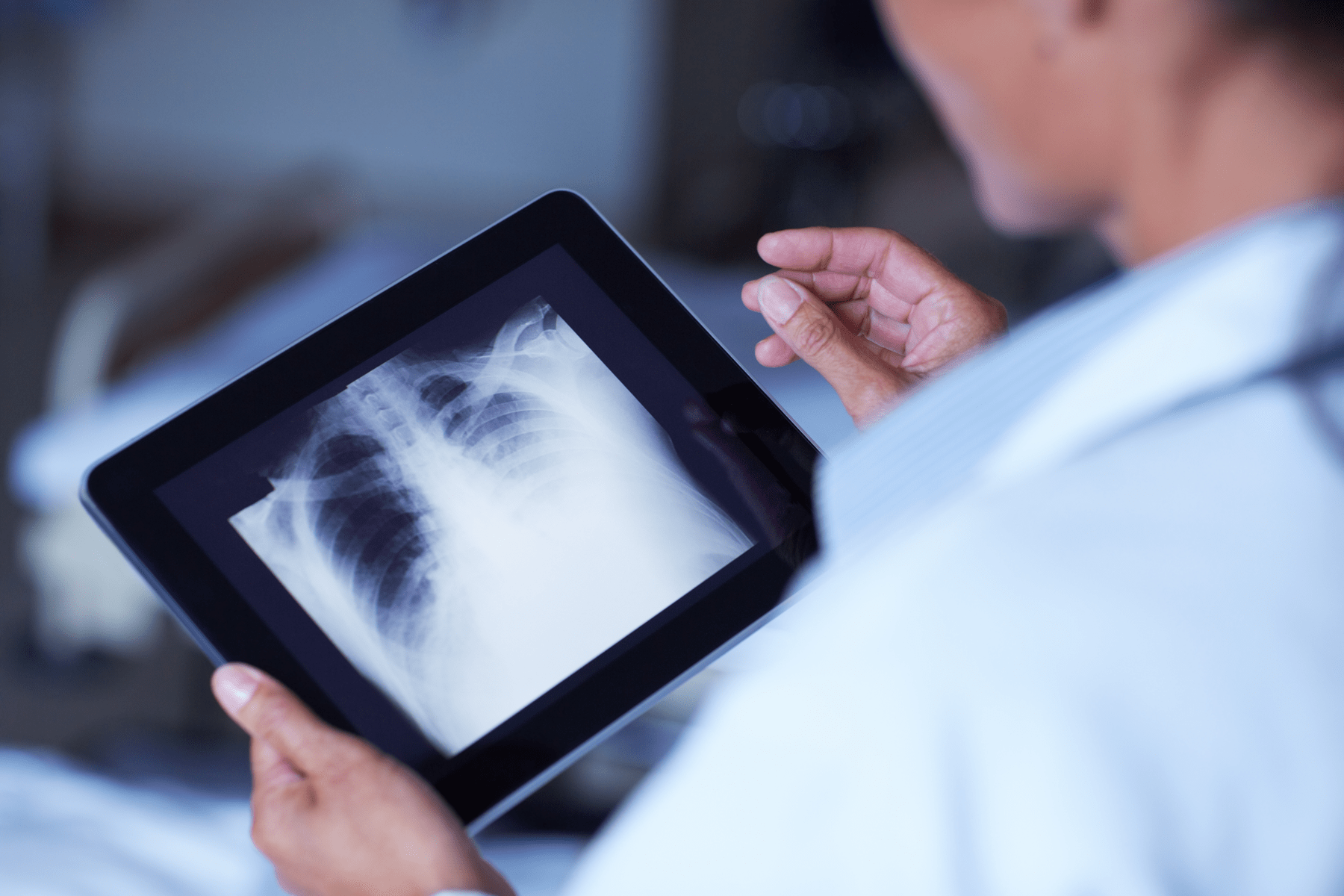
Compact, portable x-ray machines can be taken to the patient in a hospital bed or the emergency room. The x-ray tube is connected to a flexible arm. The technologist extends the arm over the patient and places an x-ray film holder or image recording plate under the patient.
top of page
How does the procedure work?
X-rays are a form of radiation like light or radio waves. X-rays pass through most objects, including the body. The technologist carefully aims the x-ray beam at the area of interest. The machine produces a small burst of radiation that passes through your body. The radiation records an image on photographic film or a special detector.
Different parts of the body absorb the x-rays in varying degrees. Dense bone absorbs much of the radiation while soft tissue (muscle, fat, and organs) allow more of the x-rays to pass through them. As a result, bones appear white on the x-ray, soft tissue shows up in shades of gray, and air appears black.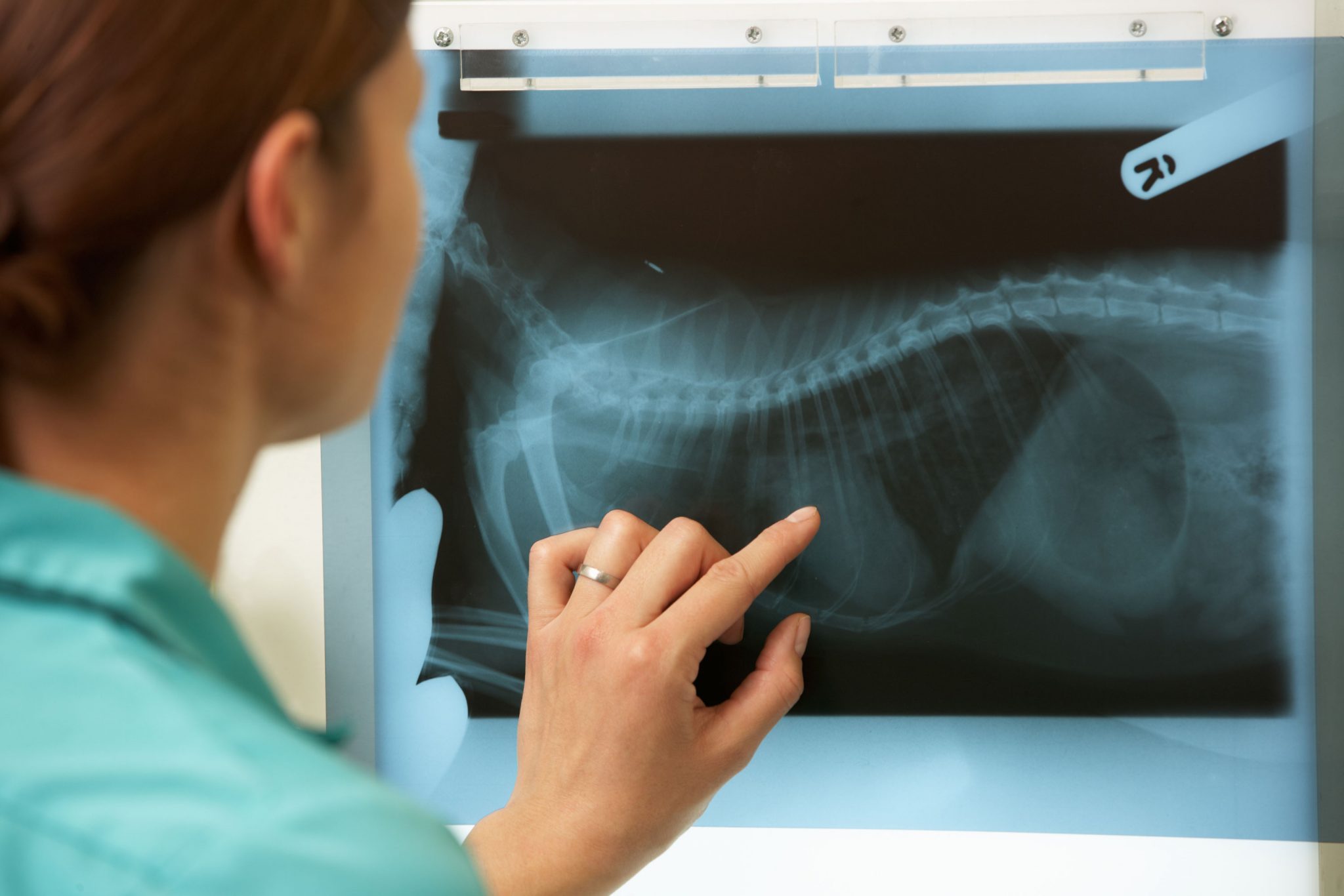
On a chest x-ray, the ribs and spine will absorb much of the radiation and appear white or light gray on the image. Lung tissue absorbs little radiation and will appear dark on the image.
Most x-ray images are electronically stored digital files. Your doctor can easily access these stored images to diagnose and manage your condition.
top of page
How is the procedure performed?
Typically, two views of the chest are taken, one from the back and the other from the side of the body as the patient stands against the image recording plate. The technologist, an individual specially trained to perform radiology examinations, will position the patient with hands on hips and chest pressed against the image plate. For the second view, the patient’s side is against the image plate with arms elevated.
Patients who cannot stand may be positioned lying down on a table for chest x-rays.
You must hold very still and may need to hold your breath for a few seconds while the technologist takes the x-ray.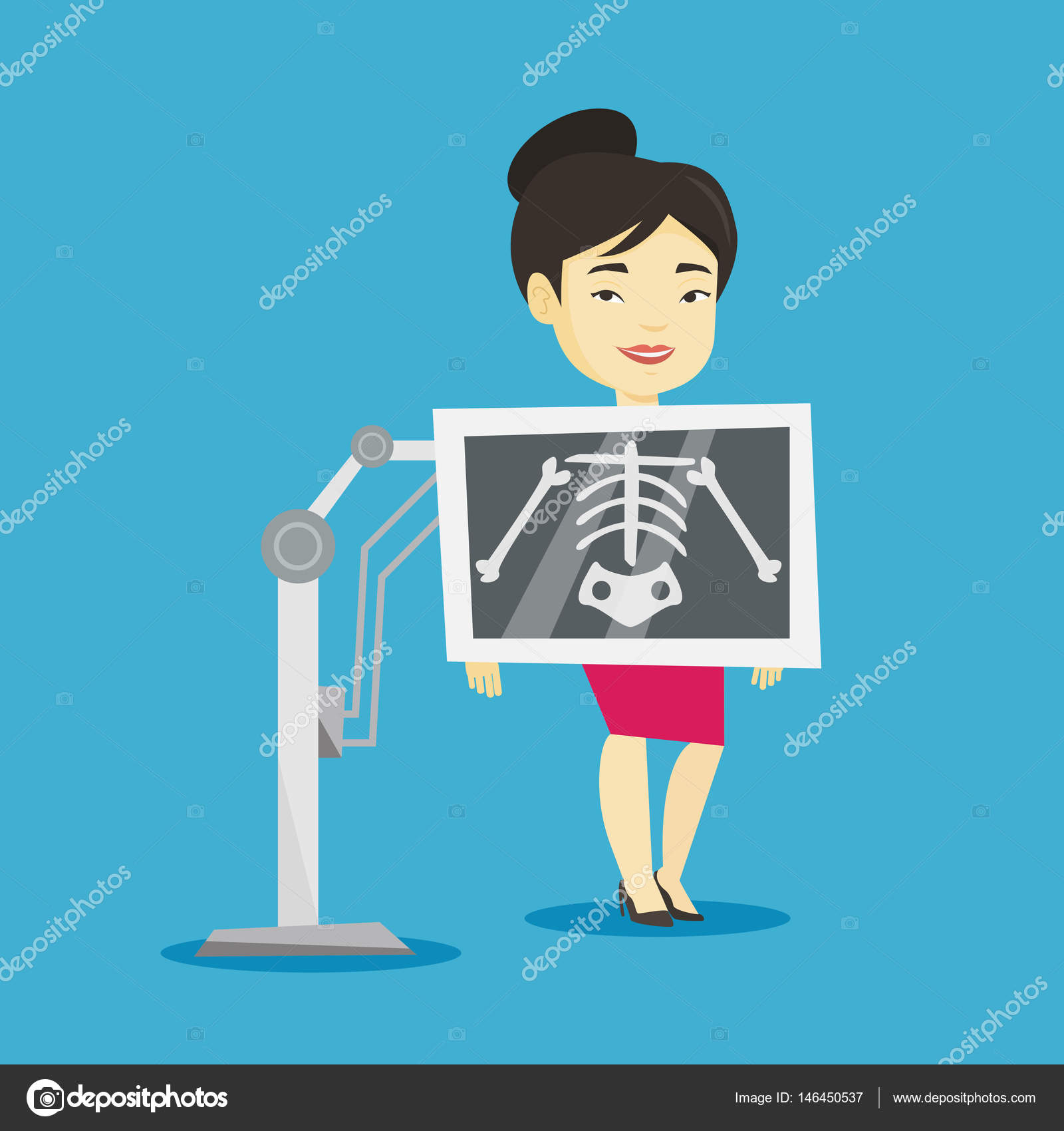 This helps reduce the possibility of a blurred image. The technologist will walk behind a wall or into the next room to activate the x-ray machine.
This helps reduce the possibility of a blurred image. The technologist will walk behind a wall or into the next room to activate the x-ray machine.
When the examination is complete, the technologist may ask you to wait until the radiologist confirms they have all the necessary images.
The entire chest x-ray examination, from positioning to obtaining and verifying the images, is usually completed within 15 minutes.
Additional views may be required within hours, days or months to evaluate any changes in the chest.
top of page
What will I experience during and after the procedure?
A chest x-ray examination itself is a painless procedure.
You may experience discomfort from the cool temperature in the examination room and the coldness of the recording plate. Individuals with arthritis or injuries to the chest wall, shoulders or arms may have discomfort trying to stay still during the examination. The technologist will assist you in finding the most comfortable position possible that still ensures diagnostic image quality.
top of page
Who interprets the results and how do I get them?
A radiologist, a doctor trained to supervise and interpret radiology examinations, will analyze the images. The radiologist will send a signed report to your primary care or referring physician who will discuss the results with you.
The results of a chest x-ray can be available almost immediately for review by your physician.
You may need a follow-up exam. If so, your doctor will explain why. Sometimes a follow-up exam further evaluates a potential issue with more views or a special imaging technique. It may also see if there has been any change in an issue over time. Follow-up exams are often the best way to see if treatment is working or if a problem needs attention.
top of page
What are the benefits vs. risks?
Benefits
- No radiation stays in your body after an x-ray exam.
- X-rays usually have no side effects in the typical diagnostic range for this exam.

- X-ray equipment is relatively inexpensive and widely available in emergency rooms, doctors’ offices, ambulatory care centers, nursing homes, and other locations. This makes it convenient for both patients and doctors.
- Because x-ray imaging is fast and easy, it is particularly useful in emergency diagnosis and treatment.
Risks
- There is always a slight chance of cancer from excessive exposure to radiation. However, given the small amount of radiation used in medical imaging, the benefit of an accurate diagnosis far outweighs the associated risk.
- The radiation dose for this procedure varies. See the Radiation Dose in X-Ray and CT Exams page for more information about radiation dose.
- Women should always tell their doctor and x-ray technologist if they are pregnant. See the Safety in X-ray, Interventional Radiology and Nuclear Medicine Procedures page for more information about pregnancy and x-rays.

A Word About Minimizing Radiation Exposure
Doctors take special care during x-ray exams to use the lowest radiation dose possible while producing the best images for evaluation. National and international radiology protection organizations continually review and update the technique standards radiology professionals use.
Modern x-ray systems minimize stray (scatter) radiation by using controlled x-ray beams and dose control methods. This ensures that the areas of your body not being imaged receive minimal radiation exposure.
top of page
What are the limitations of Chest Radiography?
The chest x-ray is a very useful examination, but it has limitations. Because some conditions of the chest cannot be detected on a conventional chest x-ray image, this examination cannot necessarily rule out all problems in the chest. For example, small cancers may not show up on a chest x-ray. A blood clot in the lungs, a condition called a pulmonary embolism, cannot be seen on chest x-rays.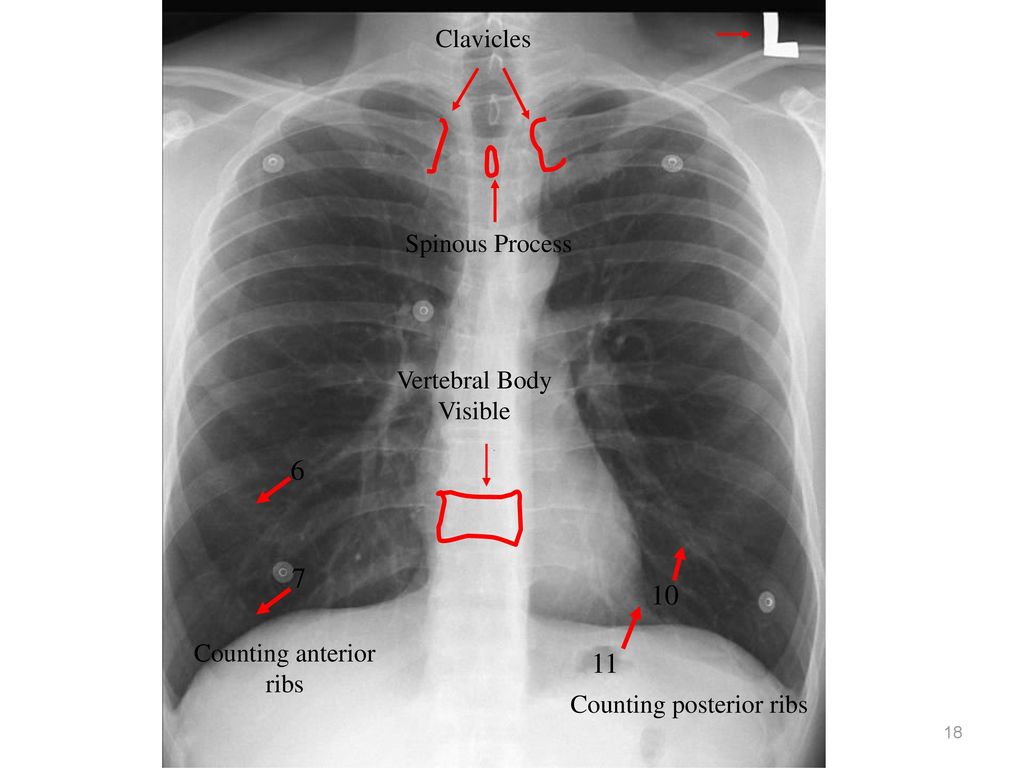
Further imaging studies may be necessary to clarify the results of a chest x-ray or to look for abnormalities not visible on the chest x-ray.
top of page
Which test, procedure or treatment is best for me?
top of page
This page was reviewed on June, 15, 2020
Bone X-ray
Bone x-ray uses a very small dose of ionizing radiation to produce pictures of any bone in the body. It is commonly used to diagnose fractured bones or joint dislocation. Bone x-rays are the fastest and easiest way for your doctor to view and assess bone fractures, injuries and joint abnormalities.
This exam requires little to no special preparation. Tell your doctor and the technologist if there is any possibility you are pregnant. Leave jewelry at home and wear loose, comfortable clothing. You may be asked to wear a gown.
What is Bone X-ray (Radiography)?
An x-ray exam helps doctors diagnose and treat medical conditions. It exposes you to a small dose of ionizing radiation to produce pictures of the inside of the body. X-rays are the oldest and most often used form of medical imaging.
It exposes you to a small dose of ionizing radiation to produce pictures of the inside of the body. X-rays are the oldest and most often used form of medical imaging.
A bone x-ray makes images of any bone in the body, including the hand, wrist, arm, elbow, shoulder, spine, pelvis, hip, thigh, knee, leg (shin), ankle or foot.
top of page
What are some common uses of the procedure?
A bone x-ray is used to:
- diagnose fractured bones or joint dislocation.
- demonstrate proper alignment and stabilization of bony fragments following treatment of a fracture.
- guide orthopedic surgery, such as spine repair/fusion, joint replacement and fracture reductions.
- look for injury, infection, arthritis, abnormal bone growths and bony changes seen in metabolic conditions.
- assist in the detection and diagnosis of bone cancer.
- locate foreign objects in soft tissues around or in bones.
top of page
How should I prepare?
Most bone x-rays require no special preparation.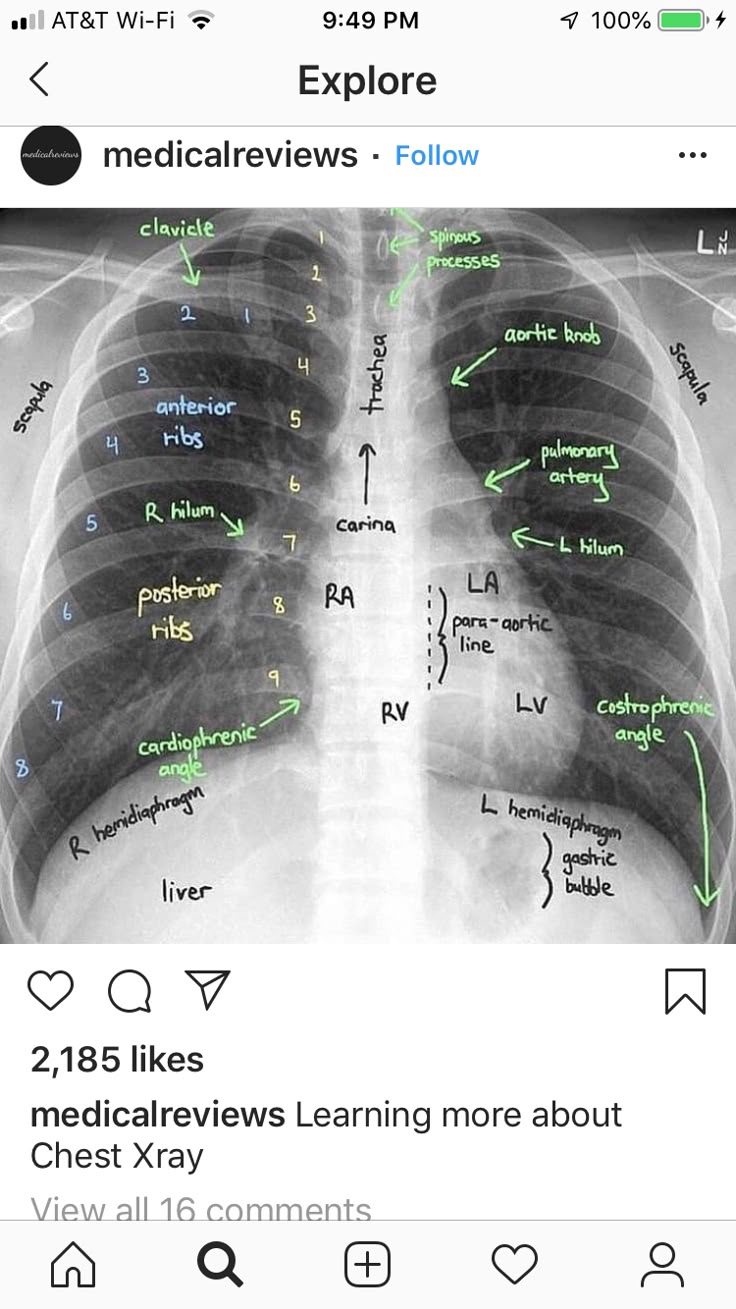
You may need to remove some clothing and/or change into a gown for the exam. Remove jewelry, removable dental appliances, eyeglasses, and any metal objects or clothing that might interfere with the x-ray images.
Women should always tell their doctor and technologist
if they are pregnant. Doctors will not perform many tests during pregnancy to avoid exposing the fetus to radiation. If an x-ray is necessary, the doctor will take precautions to minimize radiation exposure to the baby. See the Safety in X-ray, Interventional Radiology and Nuclear Medicine Procedures page for more information about pregnancy and x-rays.
top of page
What does the equipment look like?
The equipment typically used for bone x-rays consists of an x-ray tube suspended over a table on which the patient lies. A drawer under the table holds the x-ray film or image recording plate. Sometimes the x-ray is taken with the patient standing upright, as in cases of knee x-rays.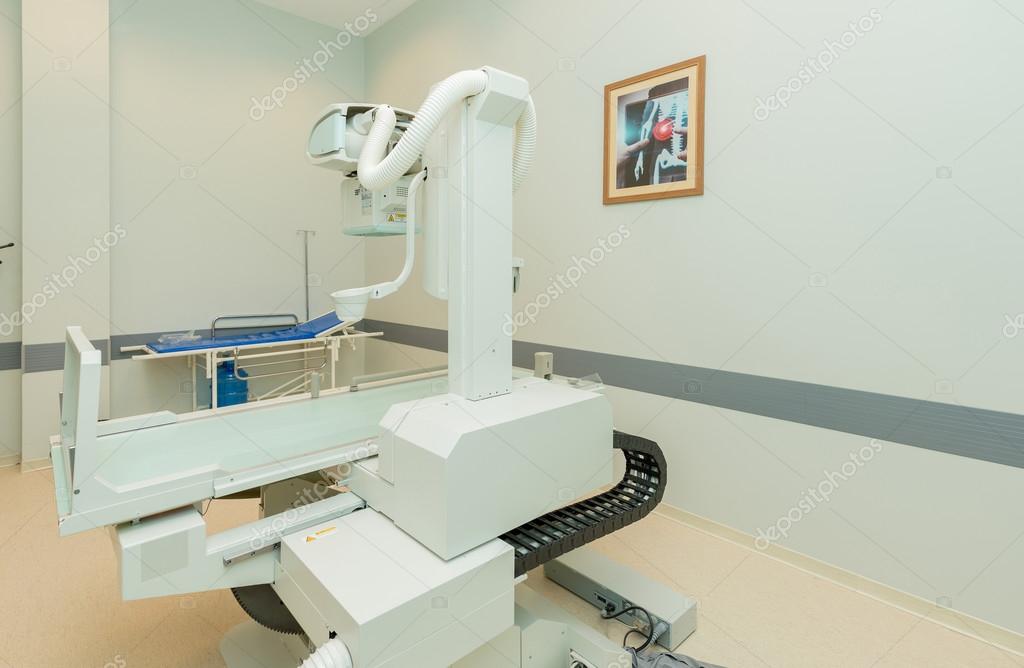
Compact, portable x-ray machines can be taken to the patient in a hospital bed or the emergency room. The x-ray tube is connected to a flexible arm. The technologist extends the arm over the patient and places an x-ray film holder or image recording plate under the patient.
top of page
How does the procedure work?
X-rays are a form of radiation like light or radio waves. X-rays pass through most objects, including the body. The technologist carefully aims the x-ray beam at the area of interest. The machine produces a small burst of radiation that passes through your body. The radiation records an image on photographic film or a special detector.
Different parts of the body absorb the x-rays in varying degrees. Dense bone absorbs much of the radiation while soft tissue (muscle, fat, and organs) allow more of the x-rays to pass through them. As a result, bones appear white on the x-ray, soft tissue shows up in shades of gray, and air appears black.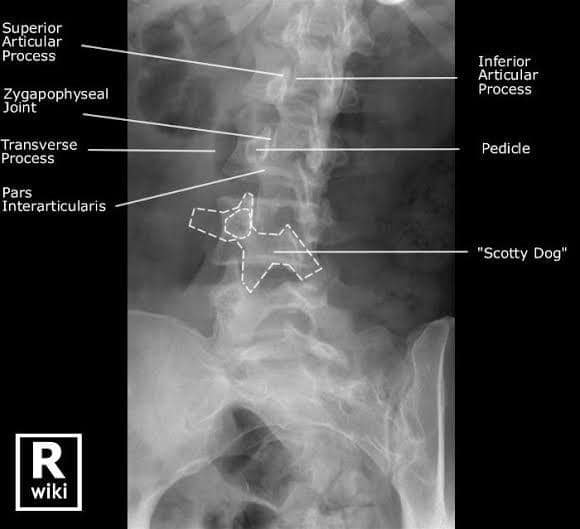
Most x-ray images are electronically stored digital files. Your doctor can easily access these stored images to diagnose and manage your condition.
top of page
How is the procedure performed?
The technologist, an individual specially trained to perform radiology examinations, positions the patient on the x-ray table and places the x-ray film holder or digital recording plate under the table in the area of the body being imaged. When necessary, sandbags, pillows or other positioning devices will be used to help you maintain the proper position. A lead apron may be placed over your pelvic area or breasts when feasible to protect from radiation.
You must hold very still and may need to hold your breath for a few seconds while the technologist takes the x-ray. This helps reduce the possibility of a blurred image. The technologist will walk behind a wall or into the next room to activate the x-ray machine.
You may be repositioned for another view and the process is repeated.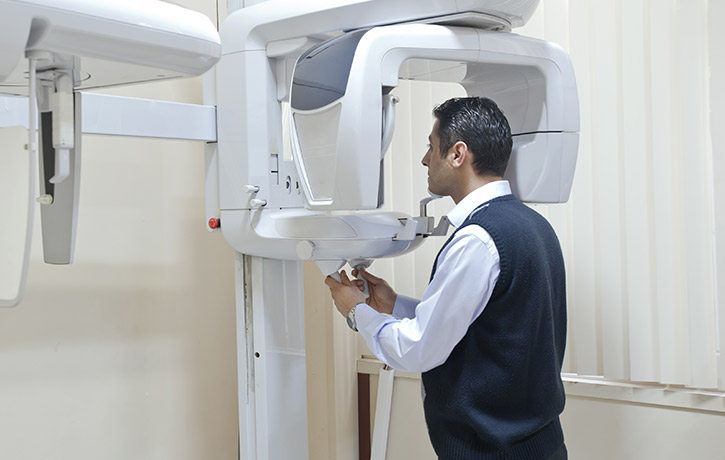 Two or three images (from different angles) will typically be taken.
Two or three images (from different angles) will typically be taken.
An x-ray may also be taken of the unaffected limb, or of a child’s growth plate (where new bone is forming), for comparison purposes.
When the examination is complete, the technologist may ask you to wait until the radiologist confirms they have all the necessary images.
A bone x-ray examination is usually completed within five to 10 minutes.
top of page
What will I experience during and after the procedure?
A bone x-ray examination itself is a painless procedure.
You may experience discomfort from the cool temperature in the examination room. You may also find holding still in a particular position and lying on the hard examination table uncomfortable, especially if you are injured. The technologist will assist you in finding the most comfortable position possible that still ensures x-ray image quality.
top of page
Who interprets the results and how do I get them?
A radiologist, a doctor trained to supervise and interpret radiology examinations, will analyze the images. The radiologist will send a signed report to your primary care or referring physician who will discuss the results with you.
The radiologist will send a signed report to your primary care or referring physician who will discuss the results with you.
You may need a follow-up exam. If so, your doctor will explain why. Sometimes a follow-up exam further evaluates a potential issue with more views or a special imaging technique. It may also see if there has been any change in an issue over time. Follow-up exams are often the best way to see if treatment is working or if a problem needs attention.
top of page
What are the benefits vs. risks?
Benefits
- Bone x-rays are the fastest and easiest way for a physician to view and assess bone injuries, including fractures, and joint abnormalities, such as arthritis.
- X-ray equipment is relatively inexpensive and widely available in emergency rooms, doctors’ offices, ambulatory care centers, nursing homes, and other locations. This makes it convenient for both patients and doctors.
- Because x-ray imaging is fast and easy, it is particularly useful in emergency diagnosis and treatment.

- No radiation stays in your body after an x-ray exam.
- X-rays usually have no side effects in the typical diagnostic range for this exam.
Risks
- There is always a slight chance of cancer from excessive exposure to radiation. However, given the small amount of radiation used in medical imaging, the benefit of an accurate diagnosis far outweighs the associated risk.
- The radiation dose for this procedure varies. See the Radiation Dose in X-Ray and CT Exams page for more information about radiation dose.
- Women should always tell their doctor and x-ray technologist if they are pregnant. See the Safety in X-ray, Interventional Radiology and Nuclear Medicine Procedures page for more information about pregnancy and x-rays.
A Word About Minimizing Radiation Exposure
Doctors take special care during x-ray exams to use the lowest radiation dose possible while producing the best images for evaluation.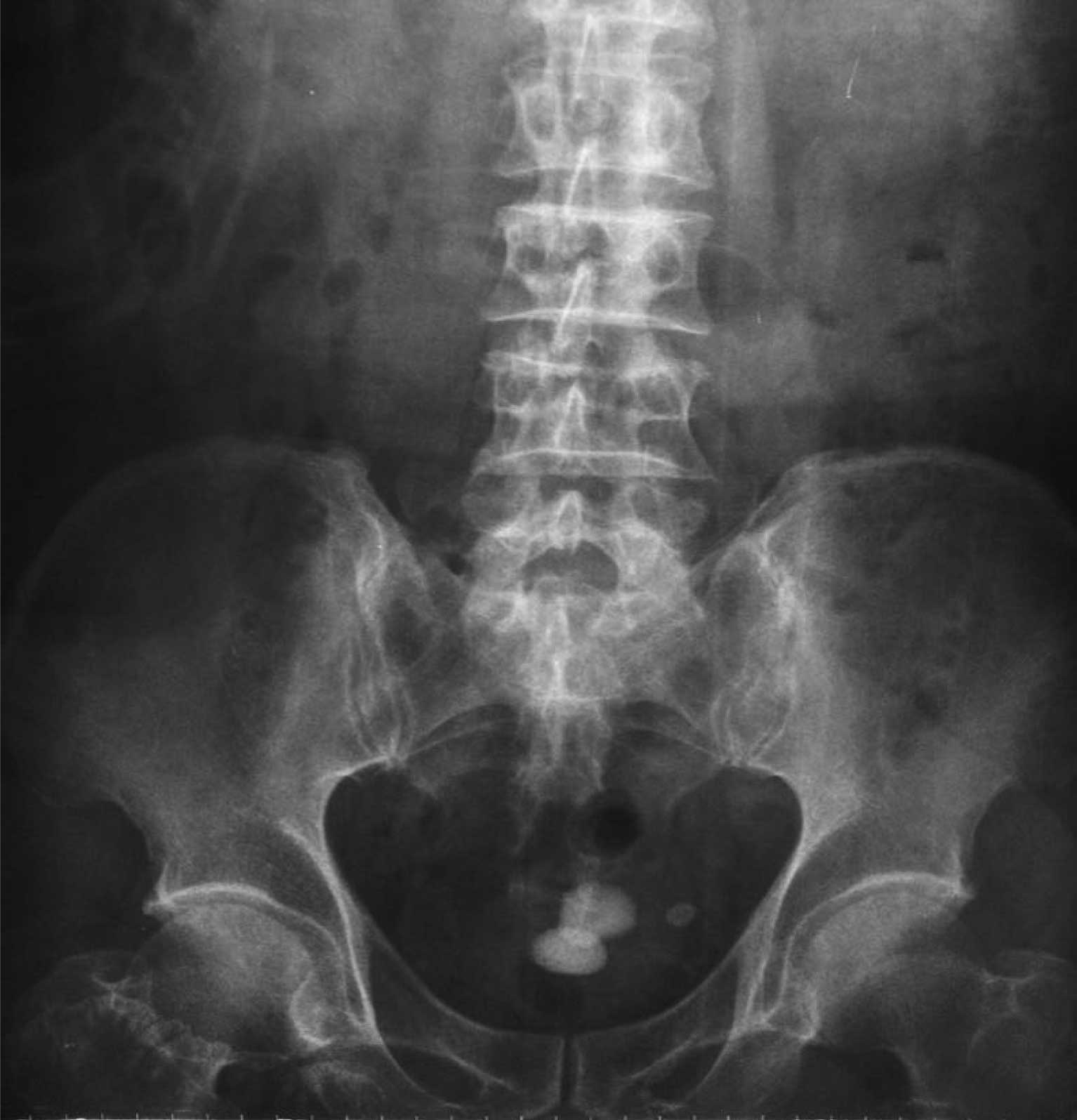 National and international radiology protection organizations continually review and update the technique standards radiology professionals use.
National and international radiology protection organizations continually review and update the technique standards radiology professionals use.
Modern x-ray systems minimize stray (scatter) radiation by using controlled x-ray beams and dose control methods. This ensures that the areas of your body not being imaged receive minimal radiation exposure.
top of page
What are the limitations of Bone X-ray (Radiography)?
While x-ray images are among the clearest, most detailed views of bone, they provide little information about muscles, tendons or joints.
An MRI may be more useful in identifying bone and joint injuries (e.g., meniscal and ligament tears in the knee, rotator cuff and labrum tears in the shoulder) and in imaging of the spine (because both the bones and the spinal cord can be evaluated). MRI can also detect subtle or occult fractures or bone bruises (also called bone contusions or microfractures) not visible on x-ray images.
CT is being used widely to assess trauma patients in emergency departments. A CT scan can image complicated fractures, subtle fractures or dislocations. In elderly or patients with osteoporosis, a hip fracture may be clearly seen on a CT scan, while it may be barely seen, if at all, on a hip x-ray.
A CT scan can image complicated fractures, subtle fractures or dislocations. In elderly or patients with osteoporosis, a hip fracture may be clearly seen on a CT scan, while it may be barely seen, if at all, on a hip x-ray.
For suspected spine injury or other complicated injuries, 3-D reconstructed CT images can be made without additional radiation exposure to help the diagnosis and treatment of the individual patient’s condition.
Ultrasound imaging, which uses sound waves instead of ionizing radiation to create diagnostic images, has also been useful for injuries around joints, and in evaluating the hips of children with congenital problems.
top of page
Which test, procedure or treatment is best for me?
top of page
This page was reviewed on January, 17, 2020
X-Ray Procedure Video | Diagnostic Imaging Procedures Video
X-rays are waves of electromagnetic radiation that can penetrate through objects of low density. They are used in a branch of medicine called radiology to create images of the inner structures of the body such as the bones and organs. X-rays are one of the most common radiology procedures and are usually the first imaging tests to be performed.
They are used in a branch of medicine called radiology to create images of the inner structures of the body such as the bones and organs. X-rays are one of the most common radiology procedures and are usually the first imaging tests to be performed.
How it works.
The human body is composed of tissues and organs of varying densities. X-rays directed at the body may get absorbed, reflected or pass through the different structures depending on their densities. X-rays that pass through dense structures such as bones appear white on film or other media. Less dense tissues, through which X-rays may pass, create shades of grey on the image.
Indications.
X-rays may be performed to look for abnormalities in bone and soft tissues that may be causing certain symptoms. They may help identify and evaluate fractures, pneumonia, cancer, intestinal obstruction, air or fluid collection, and the position of instruments or implants during a procedure or surgery.
Procedure.
X-rays are usually performed by a radiologist or X-ray technician. You may be instructed to remove jewelry or metal objects that may interfere with the test or results.
The examiner positions you according to the area that needs imaging. The X-ray beam is then directed across the area. You will have to remain still during the procedure and may be instructed to hold your breath. X-rays may be repeated or taken from different angles for clarity.
A contrast dye which is visible on X-rays may sometimes be injected or swallowed before or during the procedure to help improve the clarity of certain areas.
Once the test is complete, you can resume your regular activities. Your radiologist and doctor will review the results and discuss the findings with you.
Risks and complications.
X-ray imaging is a safe diagnostic tool that is extensively used to detect many conditions and abnormalities. Small amounts of radiation are used during X-rays. It may carry a small risk of affecting a developing fetus and therefore must be avoided during pregnancy.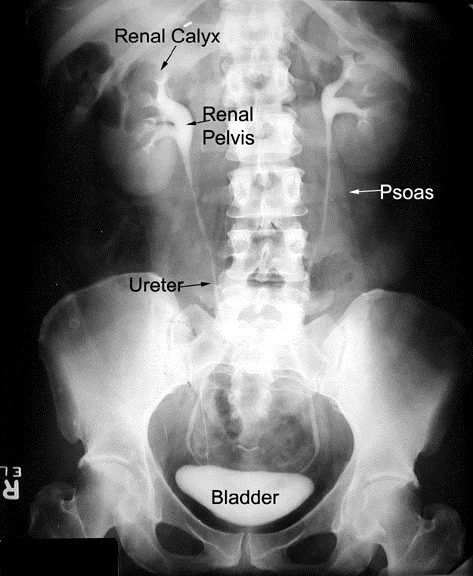
Side effects are uncommon when a dye is used to improve the image quality, but may include allergic reaction, nausea, hives, itching and lightheadedness.
X-rays are a valuable diagnostic tool to help your physician identify a variety of conditions. Based on the results, further testing or treatments are ordered by your doctor. You must Inform your doctor if you think you might be pregnant before undergoing any X-rays.
X-ray – NHS
An X-ray is a quick and painless procedure commonly used to produce images of the inside of the body.
It’s a very effective way of looking at the bones and can be used to help detect a range of conditions.
X-rays are usually carried out in hospital X-ray departments by trained specialists called radiographers, although they can also be done by other healthcare professionals, such as dentists.
How X-rays work
X-rays are a type of radiation that can pass through the body. They can’t be seen by the naked eye and you can’t feel them.
They can’t be seen by the naked eye and you can’t feel them.
As they pass through the body, the energy from X-rays is absorbed at different rates by different parts of the body. A detector on the other side of the body picks up the X-rays after they’ve passed through and turns them into an image.
Dense parts of your body that X-rays find it more difficult to pass through, such as bone, show up as clear white areas on the image. Softer parts that X-rays can pass through more easily, such as your heart and lungs, show up as darker areas.
When X-rays are used
X-rays can be used to examine most areas of the body. They’re mainly used to look at the bones and joints, although they’re sometimes used to detect problems affecting soft tissue, such as internal organs.
Problems that may be detected during an X-ray include:
X-rays can also be used to guide doctors or surgeons during certain procedures. For example, during a coronary angioplasty – a procedure to widen narrowed arteries near the heart – X-rays can be used to help guide a catheter (a long, thin, flexible tube) along one of your arteries.
Preparing for an X-ray
You don’t usually need to do anything special to prepare for an X-ray. You can eat and drink as normal beforehand and can continue taking your usual medications.
However, you may need to stop taking certain medications and avoid eating and drinking for a few hours if you’re having an X-ray that uses a contrast agent (see contrast X-rays below).
For all X-rays, you should let the hospital know if you’re pregnant. X-rays aren’t usually recommended if you’re pregnant unless it’s an emergency.
It’s a good idea to wear loose comfortable clothes, as you may be able to wear these during the X-ray. Try to avoid wearing jewellery and clothes containing metal (such as zips), as these will need to be removed.
Having an X-ray
During an X-ray, you’ll usually be asked to lie on a table or stand against a flat surface so that the part of your body being examined can be positioned in the right place.
The X-ray machine, which looks like a tube containing a large light bulb, will be carefully aimed at the part of the body being examined by the radiographer. They will operate the machine from behind a screen or from the next room.
The X-ray will last for a fraction of a second. You won’t feel anything while it’s carried out.
While the X-ray is being taken, you’ll need to keep still so the image produced isn’t blurred. More than one X-ray may be taken from different angles to provide as much information as possible
The procedure will usually only take a few minutes.
Contrast X-rays
In some cases, a substance called a contrast agent may be given before an X-ray is carried out. This can help show soft tissues more clearly on the X-ray.
Types of X-rays involving a contrast agent include:
- barium swallow – a substance called barium is swallowed to help highlight the upper digestive system
- barium enema – barium is passed into your bowel through your bottom
- angiography – iodine is injected into a blood vessel to highlight the heart and blood vessels
- intravenous urogram (IVU) – iodine is injected into a blood vessel to highlight the kidneys and bladder
These types of X-rays may need special preparation beforehand and will usually take longer to carry out. Your appointment letter will mention anything you need to do to prepare.
What happens after an X-ray
You won’t experience any after effects from a standard X-ray and will be able to go home shortly afterwards. You can return to your normal activities straight away.
You may have some temporary side effects from the contrast agent if one was used during your X-ray.
For example, barium can turn your poo a whitish colour for a few days and an injection given to relax your stomach before the X-ray may cause your eyesight to be blurry for a few hours. Some people develop a rash or feel sick after having an iodine injection.
The X-ray images will often need to be examined by a doctor called a radiologist before you’re told the results. They may discuss their findings with you on the same day, or they may send a report to your GP or the doctor who requested the X-ray, who can discuss the results with you a few days later.
Are X-rays safe?
People are often concerned about being exposed to radiation during an X-ray. However, the part of your body being examined will only be exposed to a low level of radiation for a fraction of a second.
Generally, the amount of radiation you’re exposed to during an X-ray is the equivalent to between a few days and a few years of exposure to natural radiation from the environment.
Being exposed to X-rays does carry a risk of causing cancer many years or decades later, but this risk is thought to be very small.
For example, an X-ray of your chest, limbs or teeth is equivalent to a few days’ worth of background radiation, and has less than a 1 in 1,000,000 chance of causing cancer. For more information, see GOV.UK: patient dose information.
The benefits and risks of having an X-ray will be weighed up before it’s recommended. Talk to your doctor or radiographer about the potential risks beforehand, if you have any concerns.
Page last reviewed: 13 July 2018
Next review due: 13 July 2021
X-ray densitometry | Federal State Budgetary Institution “Polyclinic No. 1” of the Administrative Department of the President of the Russian Federation
X-ray densitometry, according to the World Health Organization, is the “gold standard” in the diagnosis of osteoporosis, because it allows you to accurately determine the level of bone mineralization. High mineral density prevents fractures, and in osteoporosis in bone tissue there is a loss of substances responsible for bone strength, their microarchitectonics are disturbed, bones become fragile, the risk of fractures increases, and skeletal deformation is possible.
Using X-ray densitometry, even minor changes in bone density of 2–5% can be recorded. This allows you to identify osteoporosis at its earliest stages and prevent the development of the disease, start treatment on time. The first stage of osteoporosis – osteopenia – is treatable when it is possible to stop the loss of substances in the bone tissue.
In the Department of Radiation Diagnostics of the Polyclinic, an X-ray densitometry apparatus “Lunar” by “General Electrik” is installed.The apparatus examines both the peripheral skeleton – the hand, forearm, and the axial skeleton – the lumbar spine and hip joints. Also, the device is equipped with the “Total body” program, which is used to determine the percentage of bone, adipose and muscle tissue. There is a program – morphometric analysis, which allows in automatic mode to assess the height and deformity of the vertebrae.
Using an X-ray beam, the composition of the bones is examined.The procedure is carried out in a comfortable environment.
X-ray densitometry is completely painless. There is no need to specially prepare for it. After it is carried out, the X-ray technician processes the data according to special programs and prints the results of the study on paper, passes it to the doctor for description, after which, the patient is given a conclusion.
This examination procedure is necessary for all women after 45 years, they are the risk group, in which at this age the calcium content decreases and the bones become thinner.A history of fractures, underweight – less than 52 kg, a sedentary lifestyle, menopause and menstrual irregularities, as well as the presence of osteoporosis in parents, are indications for X-ray densitometry. Almost every woman at this age should undergo this procedure every two years. Those women who have menstrual irregularities or menopause, there is a lack of body weight, it is required to carry out densitometry more often.
It is also necessary to be more careful about the level of bone density in women who have two or more children, have fractures, or have never given birth.In this case, X-ray densitometry should be performed after 40 years.
If young women often have limb breakage, they suffer from asthma or sciatica, they have to take regularly glucocorrective steroids, diuretics, anticoagulants or anticonvulsants, and this procedure is also required.
The study of bone density is required for men as well. They should be checked regularly after age 50.
X-ray therapy
X-ray therapy is a medical discipline that studies the theory and practice of using X-rays for therapeutic purposes.
It is a special section of radiation therapy, in which X-rays with an energy of 10 to 250 kV are used for therapeutic purposes. With an increase in the voltage on the X-ray tube, the radiation energy increases, and at the same time its penetrating ability in tissues increases from a few millimeters to 8-10 cm.
The use of X-ray therapy began in 1897, but X-ray therapy received its scientific foundations only with the development of physics, dosimetry, radiobiology and the accumulation of clinical experience.Until the 1950s, X-ray therapy at voltages from 160 to 250 kV was the only method of remote irradiation of deeply located pathological processes, both inflammatory and dystrophic, and malignant tumors. However, in cancer of internal organs, characterized by low radiosensitivity and requiring large doses of radiation (in the range of 60-70 Gy) for its destruction, X-ray therapy turned out to be ineffective.
Distinguish between deep or orthovoltage X-ray therapy (focus distance – skin 30 cm and more) and close focus (focus distance – skin 7.5-20 cm).
X-ray radiation generated in X-ray tubes using high-voltage electrical devices, when exposed to tissues and organs of the human body, causes suppression of the functions of individual cells, inhibition of their growth, and in some cases, their destruction. These phenomena turn out to be a consequence of absorption and scattering, the primary physical processes of the interaction of X-ray radiation with a biological environment. The primary physical processes are followed by physicochemical and biochemical processes that determine the development of the therapeutic effect.A feature of X-ray radiation is its continuous energy spectrum, which contains quanta of radiation with any energies, up to the maximum value corresponding to the highest generation voltage. The latter at present in X-ray therapy usually does not exceed 250 kV.
Filters that absorb soft rays are used to obtain a uniform beam. For low-energy radiation filters are used made of light metals (aluminum, brass with a thickness of 0.5-6 mm).For high-energy radiation (180-200 kV), uniformity of radiation is achieved by using filters made of heavy metals (zinc, copper, 0.5-2 mm thick).
To limit the field of irradiation and the convenience of centering during X-ray therapy, cylindrical or rectangular tubes are used, which provide the skin-focal distance necessary for each particular patient. The exit window of the tubes of devices for short-focus X-ray therapy has a diameter of up to 10 cm and an area of 16-400 cm2 for a deep one.
The therapeutic effect of X-ray therapy is associated with the absorbed dose of radiation in the area of the pathological focus. The value of the optimal absorbed dose, its fragmentation, and the irradiation rhythm are determined in each case by the nature of the pathological process. The degree of concomitant reactions of healthy tissues and organs surrounding the pathological focus, as well as the reactions of the whole organism, is influenced by the value of integral doses in these individual anatomical structures and throughout the patient’s body.
The effects of X-ray therapy are not unambiguous for different histological structures, which is associated with the different sensitivity of the latter to ionizing radiation.
However, the sensitivity of the irradiated tissues in the human body also depends on a number of other numerous factors – age, sex, temperature of the body and the irradiated area, the localization of the latter, its hydrophilicity, blood supply, oxygen saturation, its functional activity, the intensity of metabolic processes, and many others. others, including from the initial state, as well as the reactivity of the organism. The biological effects of X-ray therapy are influenced by the nature of the distribution of the radiation dose over time.Fractional irradiation is less damaging than a single dose. In this case, the differential sensitivity of tissues and the so-called therapeutic interval, the difference in the sensitivity of normal and pathological histostructures, is better revealed.
X-ray therapy can have various effects. Anti-inflammatory, desensitizing, destructive, analgesic and other effects may occur depending on the magnitude of the absorbed radiation dose, the radiation rhythm, the object of exposure, the nature and stage of the disease and, finally, the reactivity of the patient’s body.In connection with the expansion of the possibilities of using high-energy radiation sources, X-ray therapy is used mainly with a relatively shallow location of the pathological focus and with the possibility of using small doses of radiation.
X-ray therapy is an effective method of radiation treatment in various fields of medicine: oncology, dermatology and cosmetology, traumatology and orthopedics.
For the treatment of superficial malignant neoplasms of basal cell and squamous cell skin cancer, early stages of lip cancer and vulvar cancer, close-focus X-ray therapy is the method of choice and has a number of advantages over surgical methods of treatment.With a greater spread of the process, X-ray therapy is combined with remote methods of radiation therapy.
Close-focus X-ray therapy is an independent radical method for the treatment of precancerous diseases (senile keratoma, Bowen’s disease, cutaneous horn, leukoplakia, etc.), a number of degenerative inflammatory and hypertrophic skin diseases (Dupuytren’s syndrome, plantar fibromatosis, keloid scars, warts, dermatological diseases, including psoriasis, fungal mycoses, eczema, neurodermatitis).
X-ray therapy is used in the treatment of gynecomastia, postoperative lymphorrhea, is a highly effective method for the treatment of degenerative and inflammatory diseases (neuralgia and neuritis of the facial nerve, brachial plexus, lumbosacral sciatica, arthrosis).
X-ray therapy can also be used for some nonspecific degenerative-dystrophic and inflammatory processes of the osteoarticular apparatus, accompanied by reactive inflammation of soft tissues and severe pain syndrome.
A good result is obtained with X-ray therapy of acute inflammatory processes, when using small single doses of the order of 0.1-0.15 Gy and a total dose not exceeding 1 Gy – it is recommended only in the early stages of acute inflammatory diseases and in the absence of other equivalent methods of treatment or ineffectiveness of the latter in persons over 40 years old. In non-neoplastic diseases in children, X-ray therapy should not be used.
X-ray therapy should be used only in the presence of scientifically substantiated indications for such treatment and only in patients with flawlessly proven disease.
The possibility of using different modes of fractionation of the radiation dose makes this method applicable to the treatment of even very elderly patients.
It is possible to use 1-2 irradiation sessions with an interval of several weeks or 5-10 sessions every other day for 3 weeks, as well as other options.
In the radiotherapy department of the GBUZ TOKOD since June 2, 2015, X-ray therapy is carried out on a modern X-ray therapy unit XTRAHL 200 (Great Britain).
The XTRAHL 200 system is ideal for both close-focus X-ray therapy of superficial skin lesions and orthovoltage therapy of secondary lesions, including bone metastases.
Indications for X-ray therapy:
- Squamous cell or basal cell skin cancer stage I-II or stage 2 after DHT
- Vulvar cancer as part of combined radiation therapy
- lower lip cancer stage I-II or stage 2 after DHT
- relapses of breast cancer (in the scar, soft tissues, skin)
- intraosseous MTS in the ribs (single foci)
- non-neoplastic diseases (calcaneal spurs, osteoarthritis of the knee joints, keloid scars, postoperative lymphorrhea)
Contraindications to X-ray therapy can be absolute and relative.
Absolute contraindications.
- general serious condition of the patient
- severe cachexia
- the presence of concomitant diseases of other organs (heart, lungs, liver, kidneys) in the stage of decompensation.
- leukopenia and thrombocytopenia, anemia.
90,091 radiation sickness or radiation injuries, even in the past.
Relative contraindications.
- acute septic and infectious diseases
- generalized skin lesions.
- formed abscesses and phlegmon before opening
- pregnancy.
- child age
| Massive basal cell carcinoma before irradiation in a 90-year-old woman who was refused surgical treatment. | The same basal cell carcinoma several weeks after exposure. The tumor is eliminated, the remaining wound will turn into a white scar within six months. |
In most cases, radiotherapy does not cause systemic consequences.Most of the side effects are due to the skin reaction, which manifests itself in the form of epidermis. First, during each session, there is swelling, redness, itching. As treatment continues, the symptoms become more pronounced and reach a maximum by the third week of therapy and disappear 1 to 1.5 months after its end.
Vesicles filled with exudate form on the affected area of the skin. They burst, revealing an inflamed, bright red epidermis. This serves as a gateway for pathogenic flora, and if the doctor’s recommendations are not followed, the development of a bacterial infection is present.The appearance of crusted wounds is also noted.
The sensitivity of the skin to radiation depends on many factors.
These are: localization of the tumor, the anterior surface of the neck is more susceptible to radiation exposure than the skin of the wings of the nose and other parts of the face, the back of the head; the air temperature, in hot weather, the blood supply to the epidermis improves, which increases the risk of the development of the consequences of treatment, in cold weather this probability decreases; being overweight, it has been proven that the skin of obese people is more susceptible to the effects of radiation; cracks, scratches increase the permeability of the epidermis; age-related changes.
Radiation ulcer is a dangerous consequence of such treatment. Under the influence of radioactive isotopes, microcirculation in the blood vessels located under the skin is disturbed. The risk of complications increases in proportion to the depth of penetration of the pathological process and the strength of the radiation.
The following symptoms indicate the beginning of ulcerative changes in the skin: dryness and peeling; the disappearance of the surface pattern of the epidermis; the appearance of vascular “asterisks”; violation of pigmentation.
If the tumor is located near the mucous membranes of the nose or mouth, they may become inflamed – mucositis. It is characterized by dryness of the epithelium, the appearance of burning and soreness when touched. However, such consequences are rare. With radiation treatment of tumors in the eye area, recurrent conjunctivitis is noted.
Long-term complications of radiotherapy
Over time, the skin exposed to radiation becomes thinner, and a vascular network is visible under it.A year and a half after the end of treatment, the appearance of lighter or, conversely, dark areas of the epidermis is possible. The severity of these signs depends on the duration of treatment, the radiation dose received as a result of therapy, and the area of exposure. It is worth noting that the radiation ulcer discussed above may also appear several months after the end of the course of treatment.
The most dangerous consequence is the high risk of developing a more severe, malignant form of skin cancer – squamous cell.For this reason, radiation exposure is undesirable for patients under 50 years of age. Also, due to the risk of complications, this method of treatment is not used for relapses of basal cell carcinoma. After exposure to radiation on the hairy area, hair loss is noted. Over time, they grow back, but become brittle, dull, their color is more faded.
When treating tumors located on the skin of the face near the eyes, cataracts may occur. It is not known how high the risk of such a disease is, since to date the threshold dose of irradiation of the lens has not been established.Due to tissue scarring after the destruction of neoplasm cells, their mobility is limited, which affects facial expressions. There are also changes in the work of the sebaceous and sweat glands in the area of exposure to radiation.
Prevention of complications
The patient is warned that before starting the course of treatment (also during it), the skin should be protected from damage. In addition, it is recommended to adhere to the following rules:
protect yourself from direct sunlight, do not visit the solarium, go outside in long-sleeved clothes, cover your face with a wide-brimmed hat, smear open skin with a special cream;
it is impossible to rub the skin exposed to radiation, massage, put cans, apply mustard plasters, treat with antiseptics and alcohol solutions (iodine, brilliant green, peroxide) without a doctor’s prescription;
hygiene procedures should be carried out with care so as not to wash off the marks made by the doctor that define the area of radiation exposure;
it is forbidden to make compresses, put a heating pad;
before using scented soap or shower gel, bath foam, deodorant, cream, you should definitely consult a doctor, make-up products (if allowed) should be washed off 4 hours before a basal cell carcinoma radiation treatment session;
to prevent bacterial infection, it is worth limiting visits to public places such as swimming pools or baths.
Radiation therapy is a serious burden on the body. Therefore, if any bothersome symptoms appear, you should seek the advice of your doctor or nurse. It is also better to coordinate changes in diet and climate with them. It is worth remembering that the danger of the consequences of radiation treatment and X-ray therapy remains for the rest of your life.
90,000 X-rays for a child in St. Petersburg – Make X-rays for children for a fee in Children’s hospital №1
Radiography is a medical non-invasive study based on the passage of X-rays through the anatomical structures of the body.With the help of such a study, it is possible to determine with high accuracy the shape of the internal organs, their position and tone.
X-ray of children
X-ray examination for children is done to confirm or deny the diagnosis. Such a procedure is prescribed if it is impossible to make an accurate diagnosis in another way.
Main cases in which X-rays are taken for children:
- suspected pneumonia, bronchitis, pneumonia, bronchial asthma and other lung diseases;
- pathology of the respiratory system;
- ingestion of foreign objects into the respiratory or digestive system;
- before carrying out operations;
- suspicion of the presence of Koch’s bacillus;
- for immune deficiency, etc.
90,091 birth injuries;
90,091 head trauma, suspected concussion;
Fearing the harmful effects of X-rays, parents often ask the question at what age children can have X-rays. X-ray examinations for children are prescribed from birth. The main condition is that such a procedure should be carried out only after the appointment of the attending physician. If an accurate diagnosis can be made in other ways, X-ray diagnostics are not prescribed. The procedure requires written permission from the parents or legal representatives of the young patient.
How often can a child be x-rayed
Despite the fact that children are quite sensitive to the effects of radiation, modern X-ray examinations do not pose a serious danger to the child’s body. Therefore, it is permissible to prescribe such studies regularly if necessary. The attending physician must make sure that the total radiation dose does not exceed 50 millisieverts per year.
State of the art equipment used in hospitals and research centers uses low energy X-rays.In addition, they act on the body for short periods of time. Due to this, even with repeated repetition, the procedure remains practically harmless to the child’s body.
Among the contraindications for such examination of children, it is worth noting:
- do not carry out fluorographic examination of the chest for prophylactic purposes until puberty;
- examination of the hip joints is carried out strictly according to clinical indications due to the risk of irradiation of the genitals;
- urography is contraindicated in the first week of a child’s life, as well as for urinary disorders.
Preparation
Research does not require special training. Many children are afraid of medical procedures, so it is important to explain to the child that X-rays are painless.
The inspected area of the body must be opened, any metal items removed.
During the procedure itself, it is important for patients to remain motionless. For this, most modern devices are equipped with special devices for gently immobilizing patients.
Where to make an X-ray for a child for a fee
Children’s City Hospital No. 1 offers X-ray services to children in St. Petersburg.If you want to quickly and safely make a paid X-ray for a child in St. Petersburg, please contact our specialists.
We carry out a full range of X-ray examinations, including X-ray:
- skull;
- liver and biliary tract;
- esophagus, stomach, intestines;
- kidney and urinary tract, etc.
90,091 spine;
90,091 bones of the pelvis, clavicle, ribs, scapula, humerus, forearm, fingers and toes, feet, kneecap, lower leg;
90,091 joints;
90,091 respiratory tract;
You can find the prices for X-ray for a child on our website.
In the children’s city hospital №1, where you can make an X-ray for a child in St. Petersburg, only specialists with specialized education and the necessary experience work. Only high-quality modern equipment is used for the procedures.
We guarantee an individual approach to each patient.
How do x-rays
With the help of X-ray, almost all organs of the body can be studied – the osteoarticular system, heart, lungs, pelvic organs, etc.e. Most often, X-rays are used in dentistry and traumatology. To make the X-ray more informative, artificial organ contrasting is sometimes used. For this, water-soluble iodine-containing substances are injected into the patient’s blood (this technique is used, for example, to study the state of the kidneys and urinary tract, blood vessels). After the procedure, the contrast is removed naturally.
How X-ray is done . No special preparation for X-ray examination is required.Before the procedure, the patient is put on a special shielding apron (collar, cap) with lead plates that protect the organs from radiation; only the area that needs to be explored is left open. During the procedure, the patient stands or lies, while the doctor is in another room (in the control room). As a rule, the entire study, including the preparation of the equipment, lasts no more than 5-10 minutes.
Radiography is done using X-ray machines. The equipment consists of several X-ray emitters (tubes), a feeding device, a radiation-to-visible image converter, a radiation receiver and a film cassette.The maximum permissible X-ray dose is 150 millisieverts (mSv) per year. If you do simple diagnostic examinations (no more than once a year: fluorography, X-ray at the dentist, mammography (examination of the mammary glands)), no more than 15 mSv will be accumulated per year.
There are no serious contraindications for X-rays. However, there are a number of limitations: obesity (the picture may turn out to be dark due to excess fat and muscle mass), pregnancy (can harm the unborn child).
It is especially worth telling how an X-ray is done to a child.Children under 16 are not recommended to do X-rays. However, in urgent cases (for example, with fractures), this is allowed. For young children, special braces or chairs are used for X-ray imaging, which restrict the child’s movement during the procedure. Before the procedure, the entire body of the child is covered with a protective apron, leaving only the area that needs to be examined. The permissible radiation dose for children is no more than 50 mSv per year.
In order to neutralize the effects of radiation on the body, radiologists advise to take natural antioxidants after the procedure: drink more liquid (for example, tomato juice, milk, green tea), eat fruits and vegetables with a high content of vitamin C (cabbage, beets, sea buckthorn, etc.) …etc.), meat.
More articles:
90,000 What is mammography? | Medical and sanitary part No. 9
What is mammography?
Mammography is an X-ray method for examining the mammary glands. Mammography is usually done as directed by a doctor, but it can also be done during mass checkups.
Why is mammography done?
Mammography is performed to assess the formation in the mammary gland (detection by the woman herself or by the doctor during examination) and exclude / confirm a malignant or benign neoplasm of the breast.
Is mammography dangerous?
No. The radiation exposure with mammography is significantly lower than with radiography of the lungs (several times). Regular testing does not increase the risk of developing breast cancer. Mammography is contraindicated in pregnancy and breastfeeding .
How is the study going?
To take a picture, the mammary gland is placed on the surface in front of the tube of the device.With the help of the second bar, the mammary gland is slightly pressed down (the study is painless), after which a picture is taken. Pictures are performed in two projections, which allows you to accurately determine the location of the pathological formation in the future.
Then the radiologist deciphers the images and gives his opinion.
When should you get your mammogram?
In the absence of complaints and diseases of the mammary glands, the first mammography is recommended after 40 years.It is also recommended to conduct this study once at the age from 35 to 40 years. From 40 to 50 years old, it is necessary to undergo examination once every two years . After age 50, mammograms are required every year . In the presence of diseases of the mammary glands (mastopathy, benign and malignant tumors, etc.), mammography is prescribed by a doctor.
What determines the quality of research?
The quality of the study depends on the quality of the equipment, the modernity of the mammograph, the developing machine and the film used, and, of course, on the qualifications and experience of the radiologist and X-ray laboratory assistant.
Breast room of the medical unit No. 9 is equipped with a modern PLANMED SOPHIE apparatus of the latest generation, which allows performing an X-ray examination of the mammary glands in full with high resolution. Photochemical processing of the exposed film is fully automated and is carried out in a CODAK developing machine.
Why is mammography in combination with ultrasound necessary?
The advantage of ultrasound is that it allows you to visualize all areas of the breast, including those located near the chest wall (difficult to access for X-ray examination).The use of ultrasound in combination with mammography increases the diagnostic accuracy, especially when examining young women in whom the breast tissue is characterized by a higher density.
Preparation!
1. The examination is carried out on the 7-14th day of the menstrual cycle, when the breast is less painful.
2. On the day of the study, do not apply deodorant products, cream and powder to the skin of the mammary glands and axillary areas.
3. For women in menopause, mammography is performed at any convenient time.
Diseases of the mammary glands remain a serious problem for the female population, because breast cancer is in the first place in the structure of morbidity and its frequency continues to grow. The equipment of the department allows for mammological examination in one visit.
90,000 Is x-ray dangerous for children
Often, our patients ask the question why the clinic refuses to carry out X-ray examinations and computed tomography (CT) without a referral from a doctor.We asked Olga Anatolyevna Danchenko, a radiologist at EuroMed Clinic, to answer this question.
CT and X-ray are procedures with a certain amount of radiation exposure. Despite the fact that modern equipment is installed in our clinic, which provides the minimum dose of radiation to the patient, it is still not recommended to carry out the procedure once again without strict indications. And only a doctor can determine the presence of these indications. It is quite possible that it is not possible to determine what the patient’s problem is on an X-ray or CT scan, but he needs an MRI or, say, an ultrasound scan.Accordingly, he will undergo completely unnecessary radiation exposure, undergo a procedure that is useless in his case, and still will not receive an answer to his question. And if in the case of adult patients we approach this issue in a differentiated manner – that is, we ourselves assess the availability of indications and can, in certain cases, carry out research without a referral, then with children our position is more strict. Excessive exposure to X-rays can have much more serious consequences for a child’s body than for an adult.Therefore, it is the attending physician who should direct such a study to the small patient, and it is carried out to the extent that are optimal and appropriate for a particular condition, provided that the doctor cannot offer alternative, safer diagnostic methods when there are strict indications for the procedure. …
If possible, CT is replaced by magnetic resonance imaging (MRI) – since the latter is completely safe for the human body, during the MRI procedure, not X-rays, but electromagnetic radiation are used.Unfortunately, this is not possible in all cases, and only a doctor can decide which examination method is optimal in each specific case.
When is an X-ray prescribed for a child?
If you suspect bronchitis, pneumonia, hip dysplasia, disease or damage to bones and joints, malformations of the lungs, cardiovascular system, gastrointestinal tract, pathology of the urinary system, intestinal obstruction and in some other conditions.
Computed tomography
When preparing for an X-ray computed tomography (CT) scan, it is recommended that you stop eating and drinking water about four hours before the examination (if you need to take medicine, you can drink it with a little water).
Computed tomography takes up to 15-20 minutes per study area. In the process of preparation, the doctor gives individual recommendations, the implementation of which will make the examination as effective and informative as possible.
Computed tomography (CT) is done while lying down. You will be laid down on a movable research table that moves through the tunnel. Belts and pads can be used to help you maintain and maintain correct posture during a computed tomography (CT) scan.
Computed tomography (CT) images are obtained using a narrow rotating X-ray beam and a system of sensors arranged in a circle called a gantry.If an examination of the abdominal or pelvic organs is carried out, the patient is advised to take a contrast agent according to a special scheme. A contrast agent is injected through a dropper inserted into the ulnar vein as indicated. It is recommended to lie motionless during the tomographic examination; in some cases, the doctor may ask you to hold your breath for a few seconds. Any movement – breathing or body movement – can lead to defects on a CT scan.These defects are similar to a blurry photograph that occurs when shooting a moving subject.
During the CT examination, the table moves, creating conditions for better scanning of organs and systems. A new modification of tomography, spiral computed tomography (CT), makes it possible to examine the anatomical region in one period of breath holding and change the reconstruction step during subsequent data processing. You will be alone in the room during the computed tomography (CT) scan.However, the technologist or radiologist will see, hear, and speak with you throughout the exam. With computed tomography (CT) scans of children, parents may be allowed, wearing a special lead apron, to be present in the study room.
After a computed tomography (CT) scan, you can return to your normal lifestyle. If you have been injected with contrast material, then you will be given special recommendations. The results will be sent to the attending physician for further study, diagnosis and treatment plan.Computed tomography is painless. The only inconvenience is the need to lie still for several minutes to half an hour. Some patients (children, agitated patients) cannot do this, then they are injected with a sedative. Computed tomography (CT) is considered a safe method. The X-ray dose is relatively small. There is also very little risk if sedation and contrast agents are required. The patient must warn the doctor if he is allergic to medicines, iodine, seafood, if he suffers from diabetes, asthma, heart and thyroid diseases.
.

 Angiograms show the function of blood vessels in the heart, lungs, kidneys, brain, arms, and legs.
Angiograms show the function of blood vessels in the heart, lungs, kidneys, brain, arms, and legs.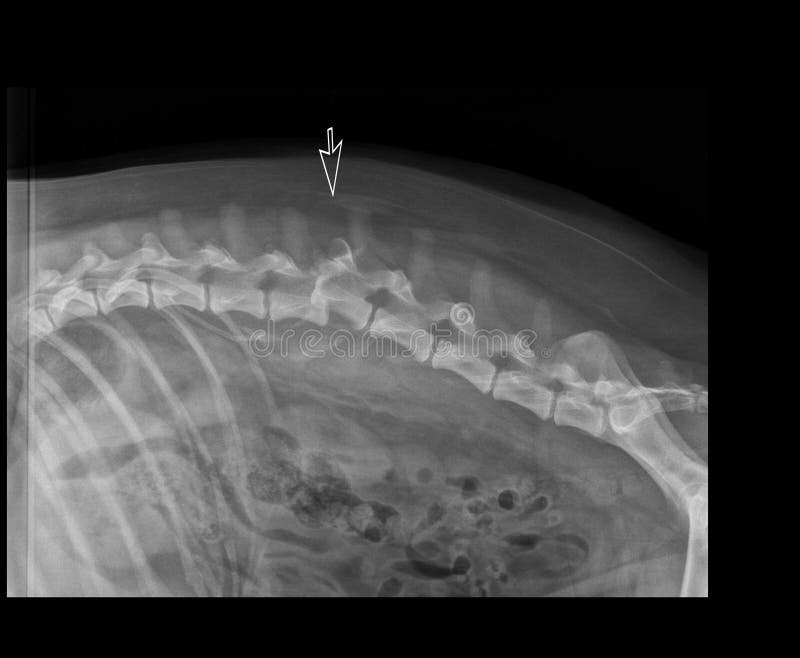
 There’s a chance you could have an allergic reaction, but it’s rare. Ask your doctor what symptoms to watch for. Let them know if you have pain, swelling, or redness at the site of the shot.
There’s a chance you could have an allergic reaction, but it’s rare. Ask your doctor what symptoms to watch for. Let them know if you have pain, swelling, or redness at the site of the shot.